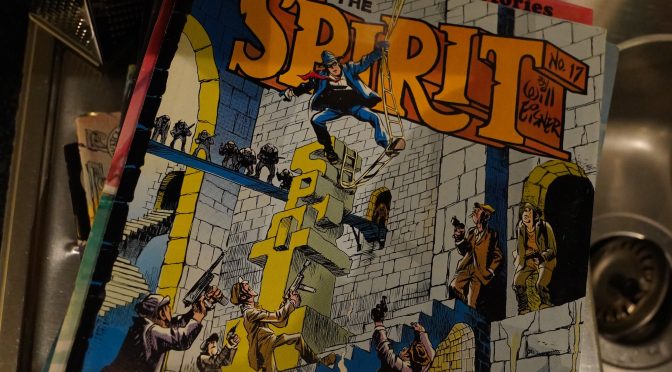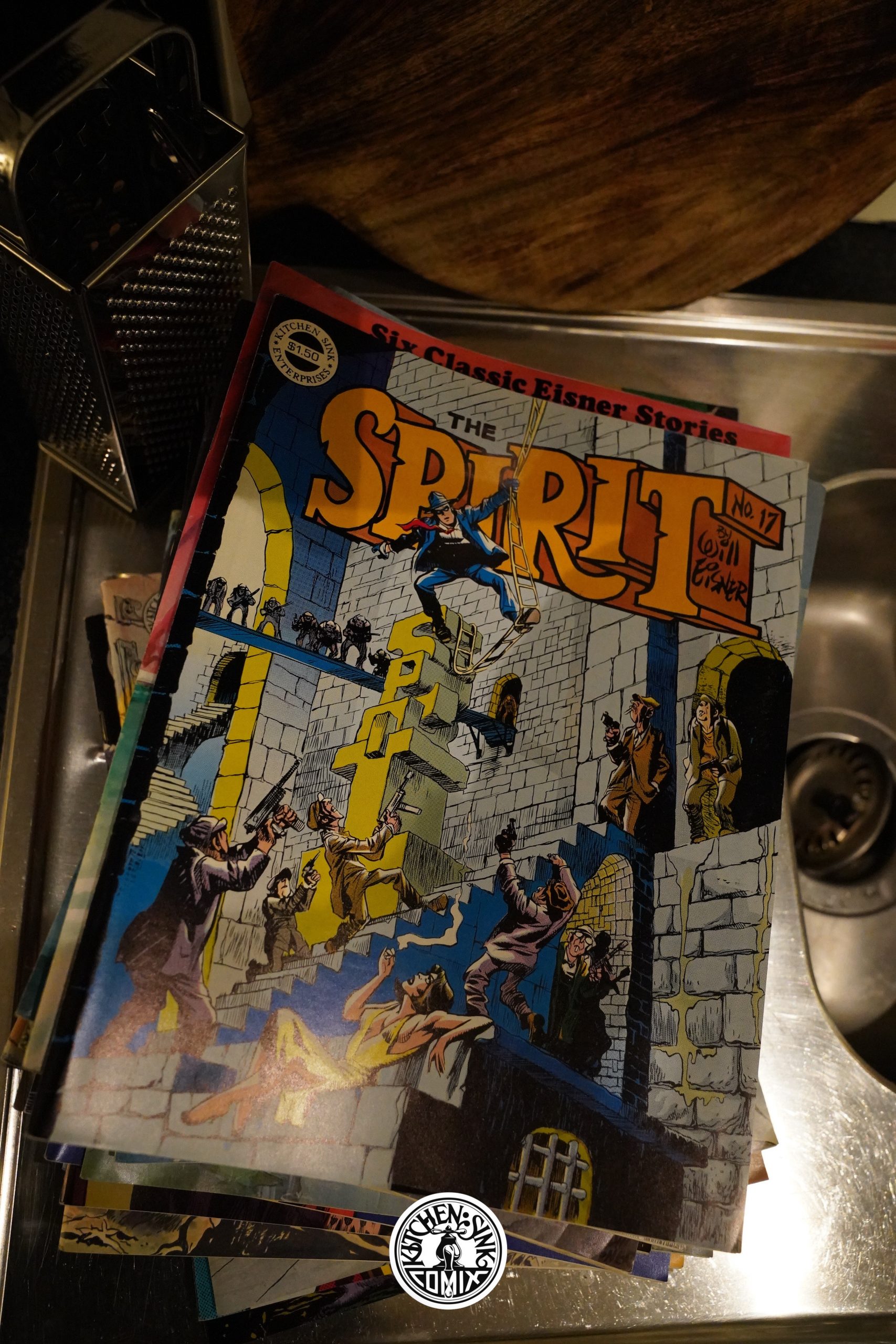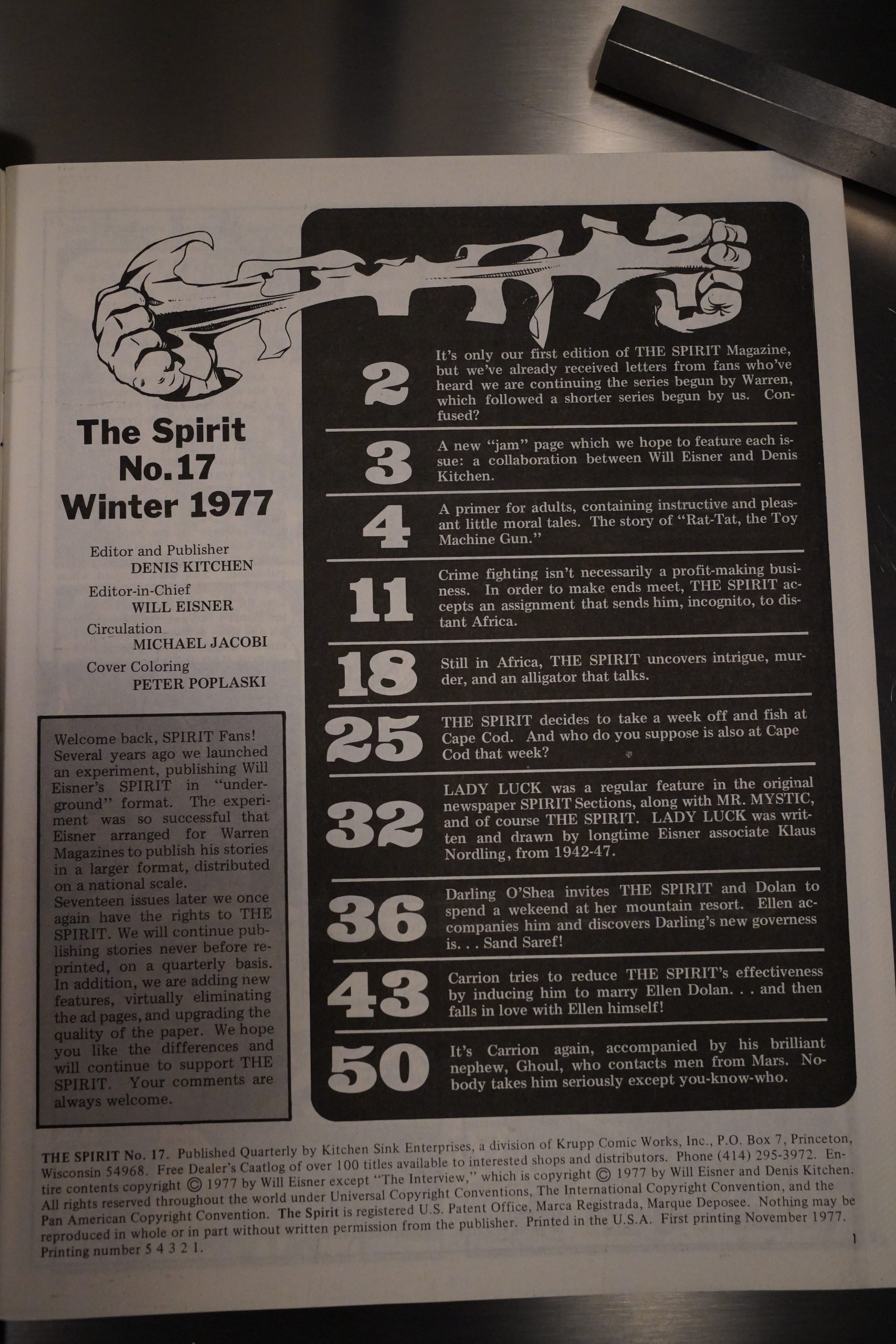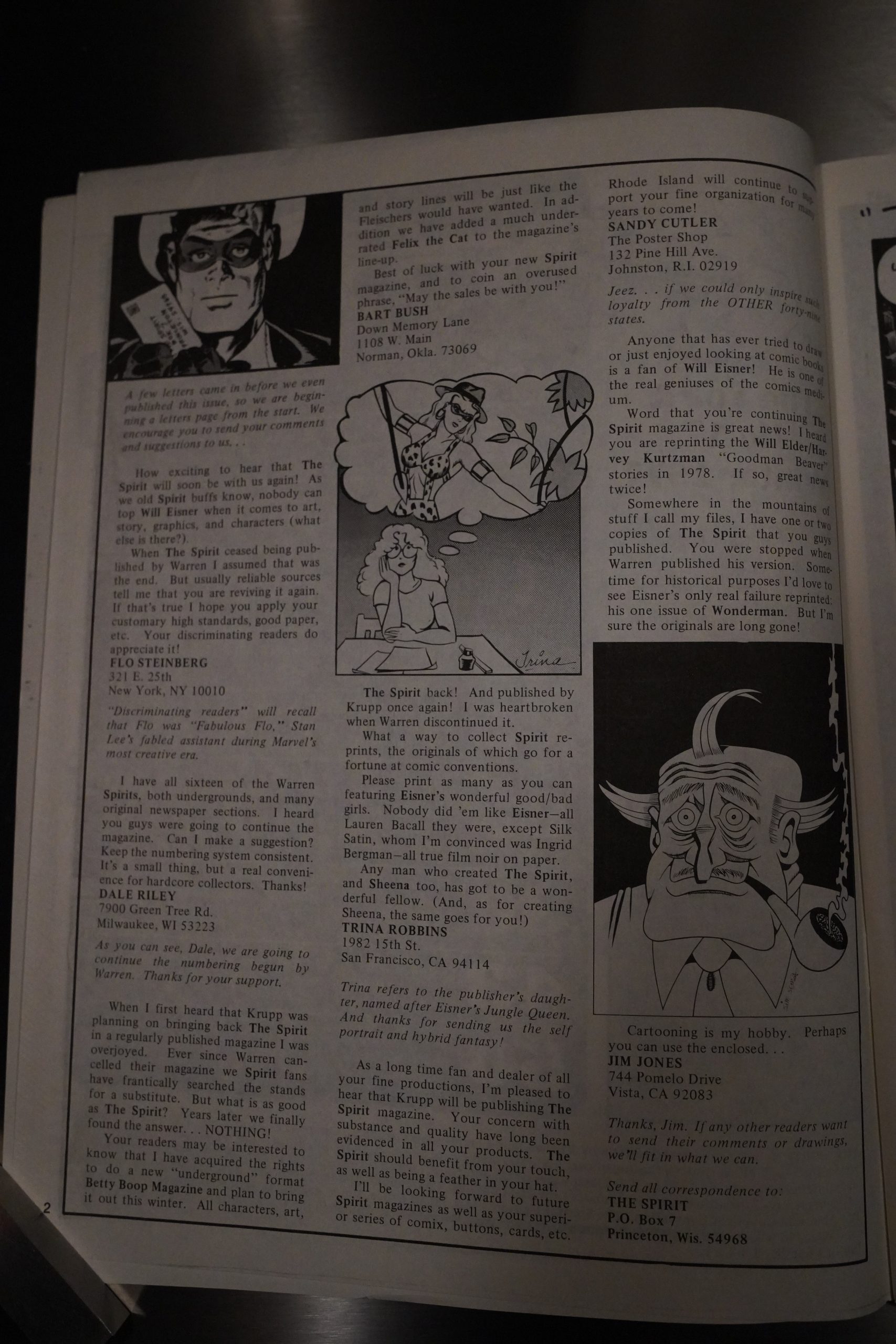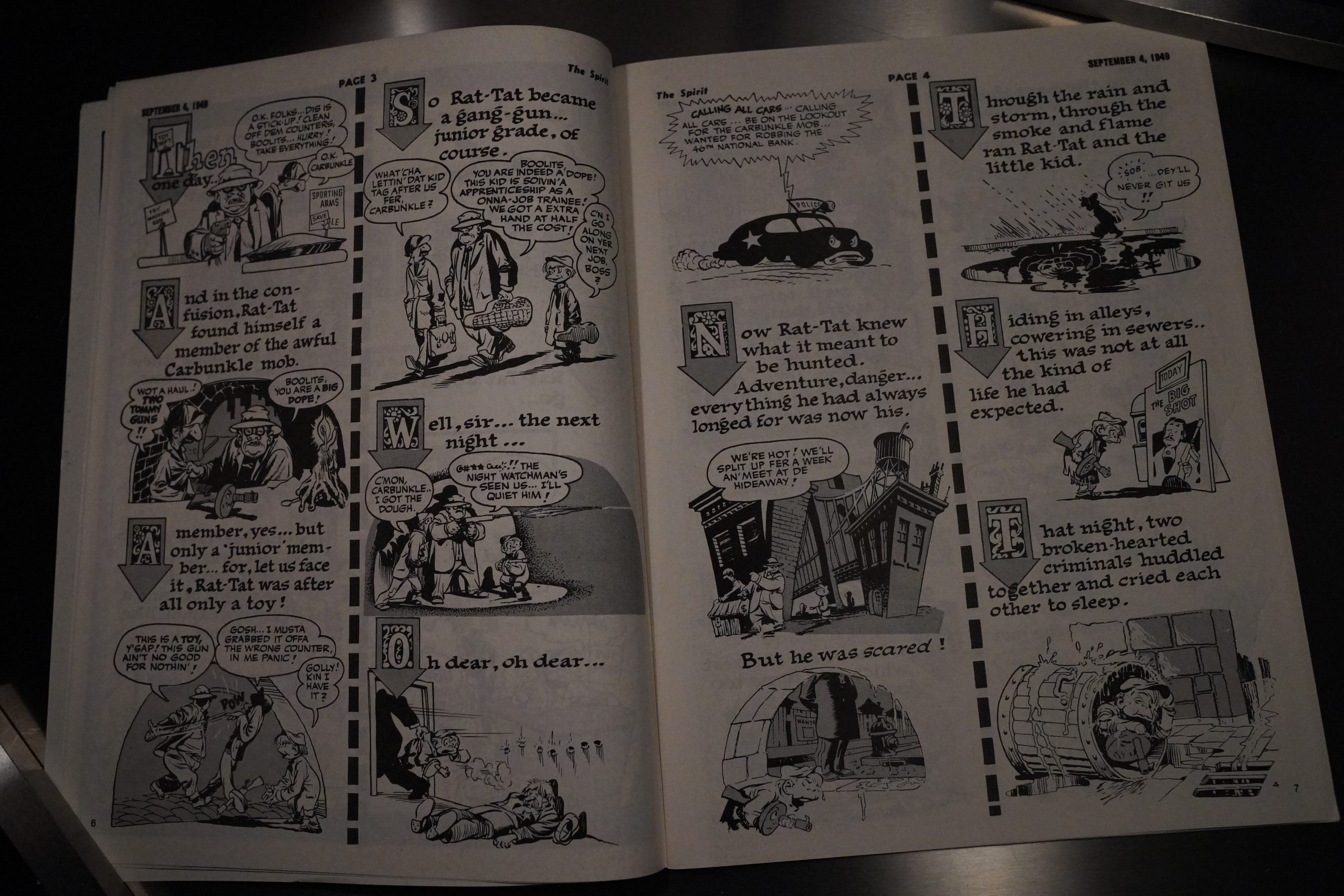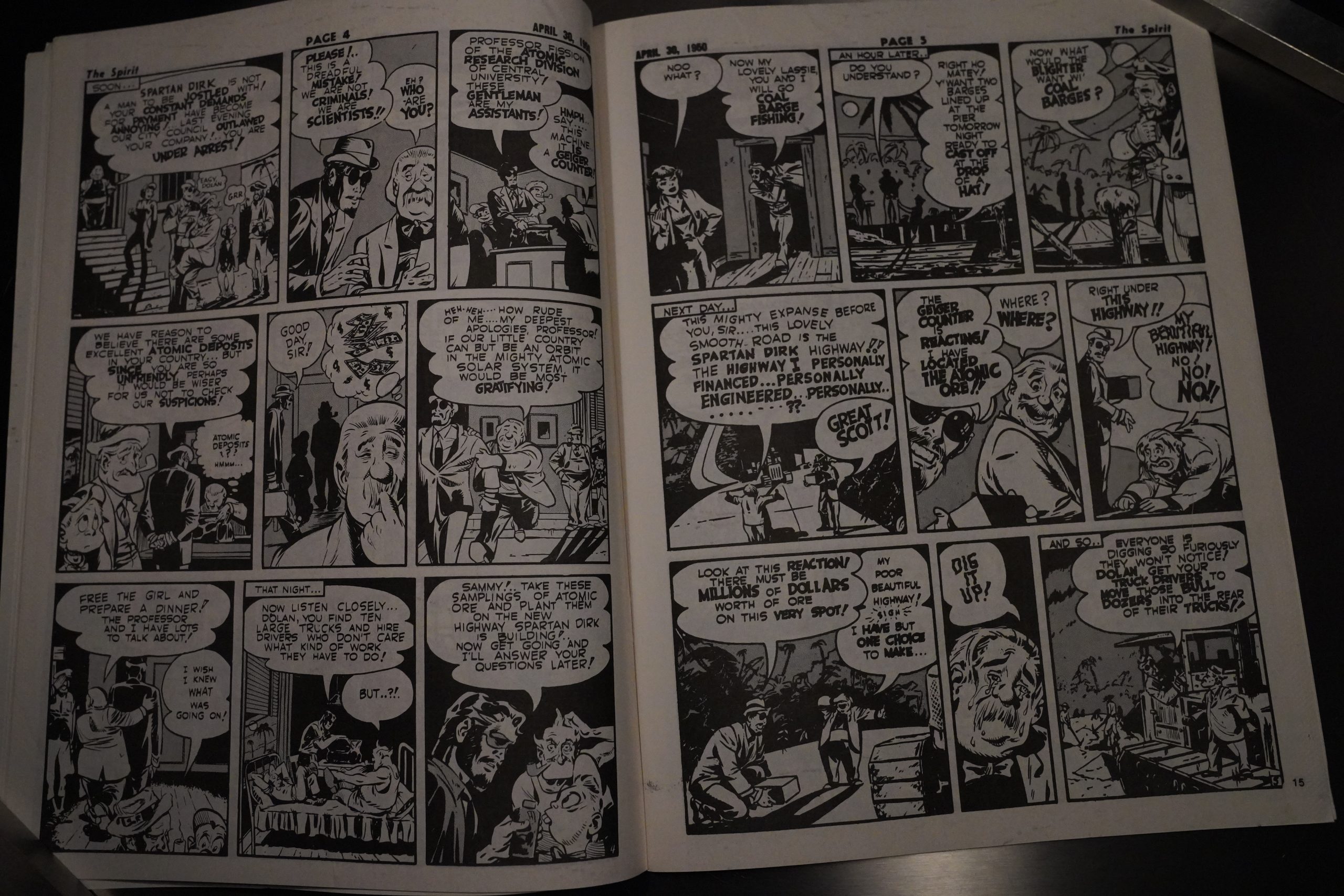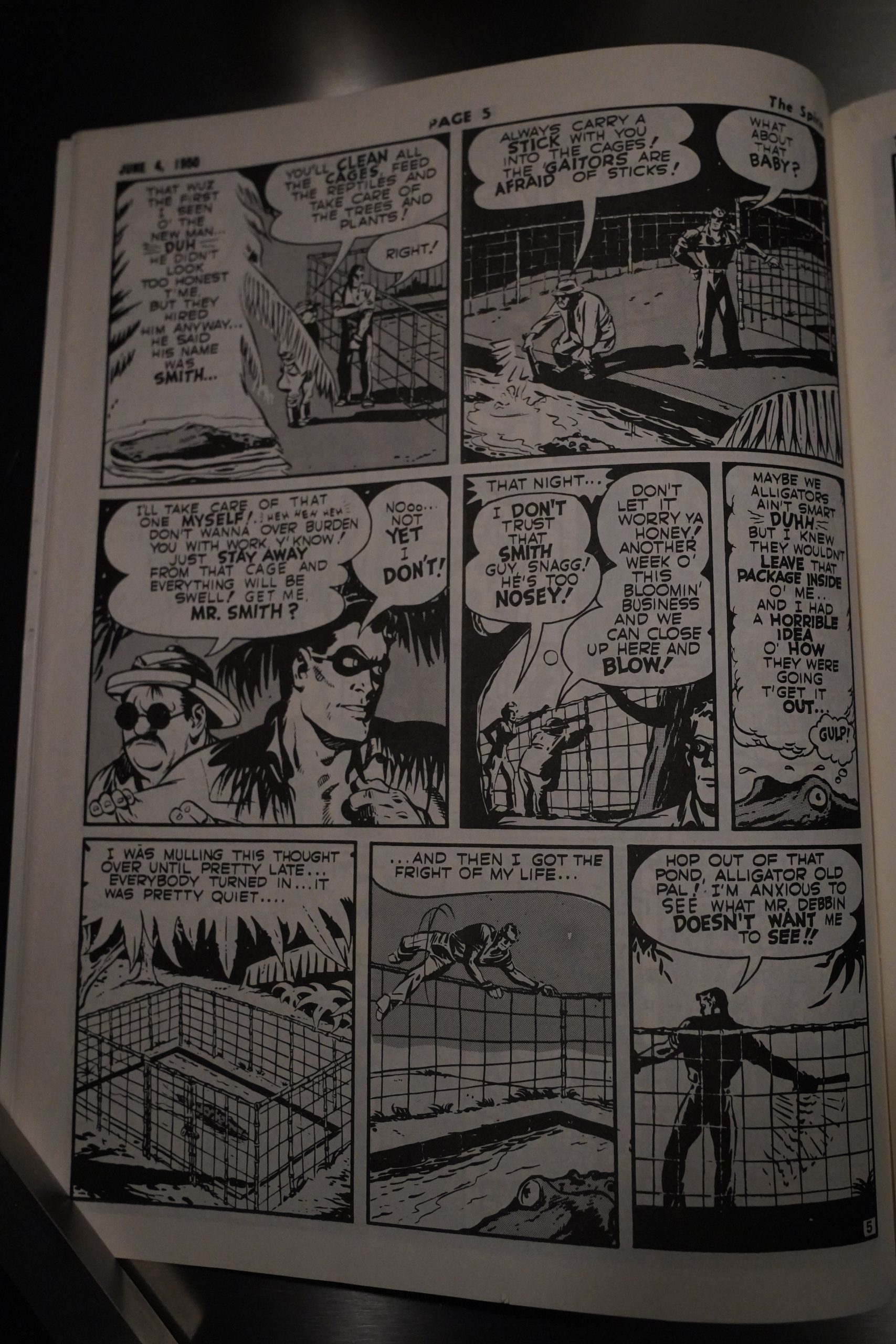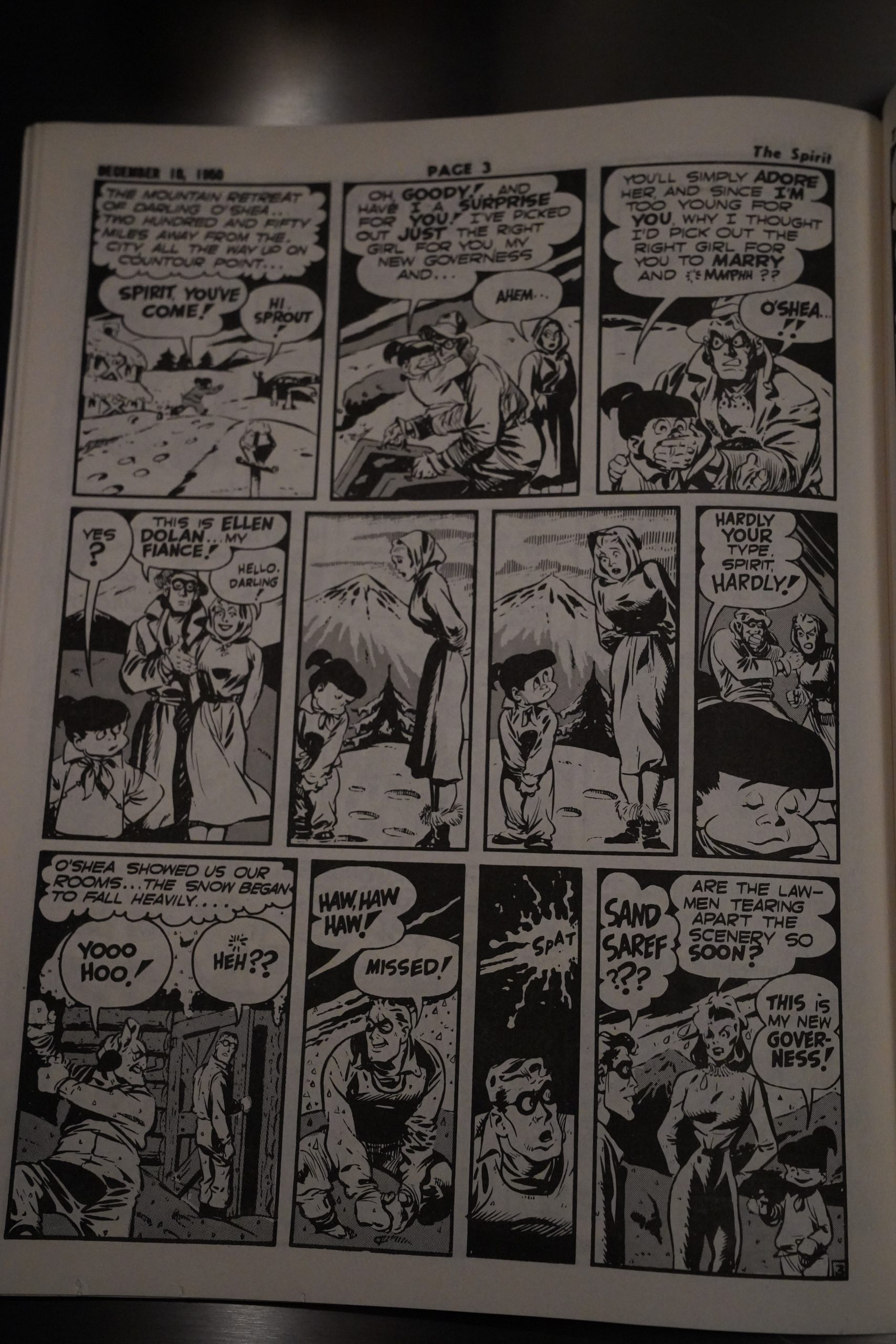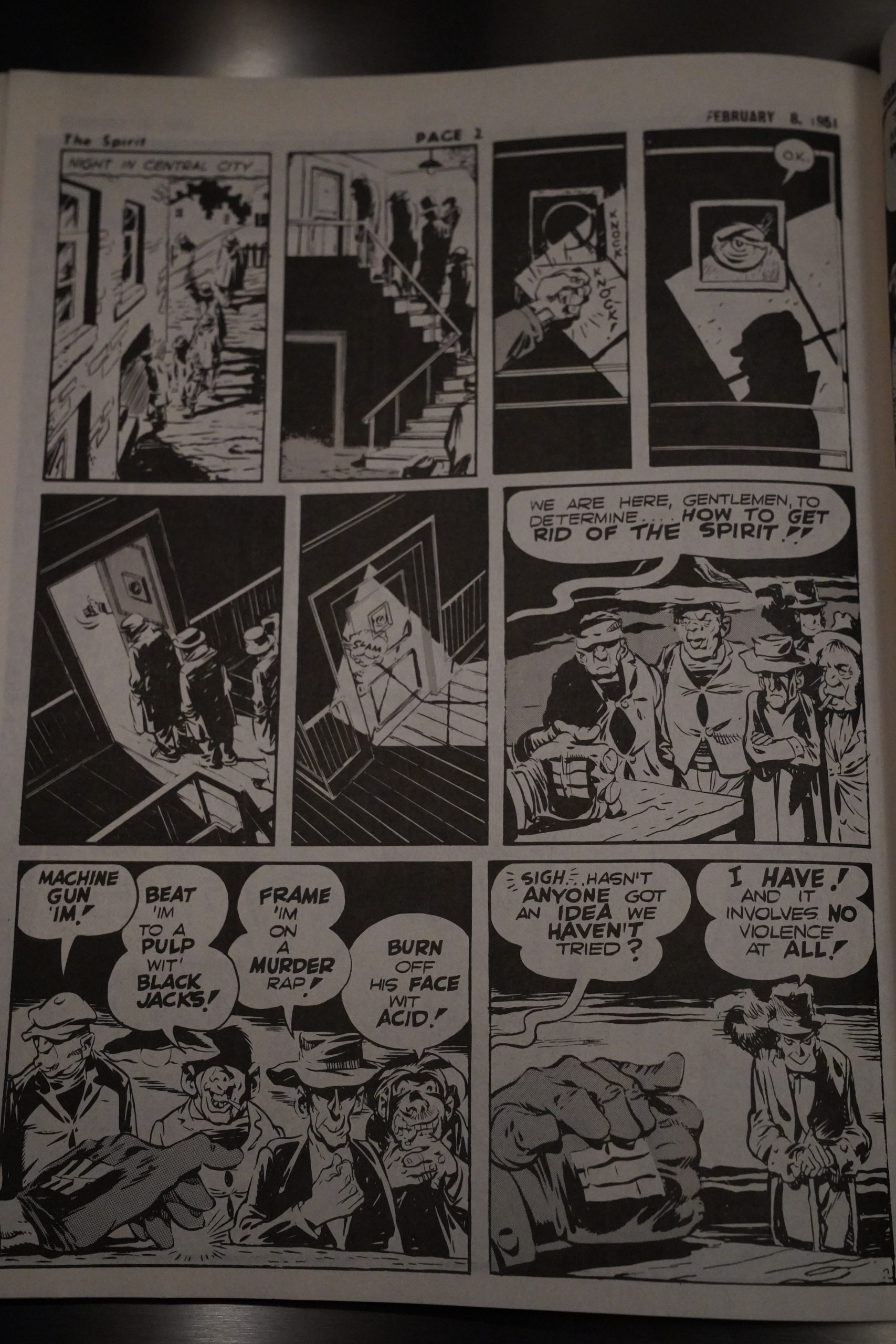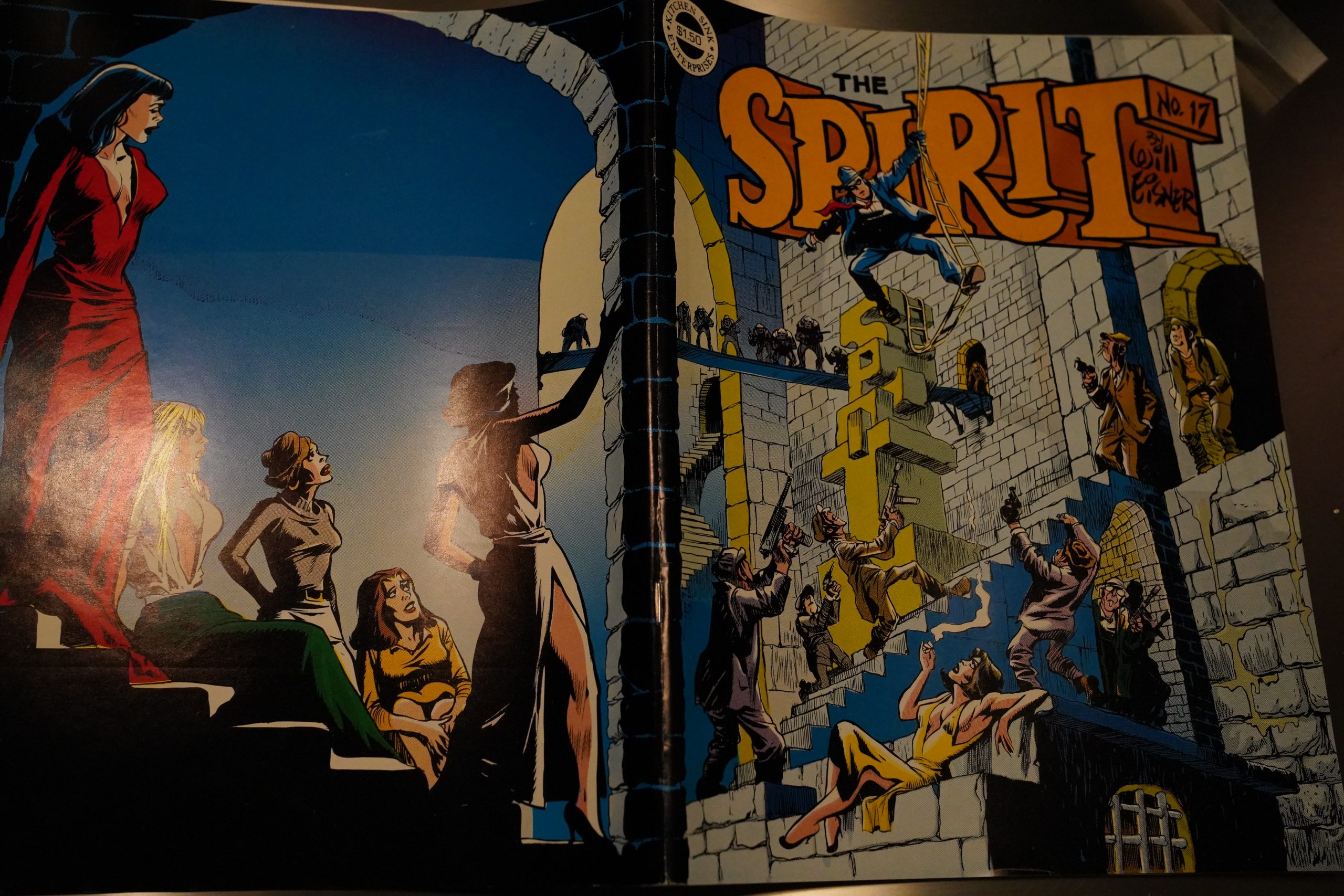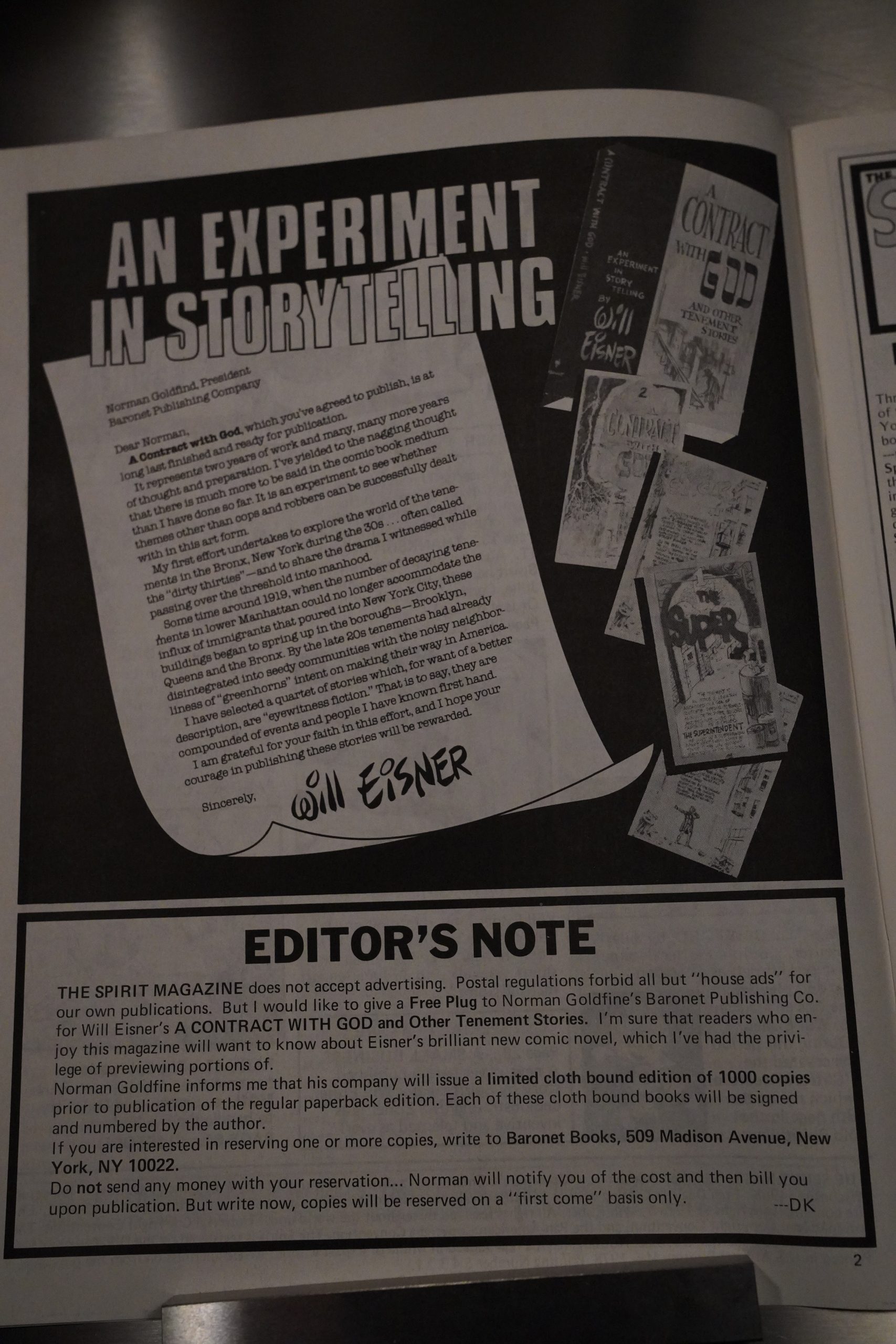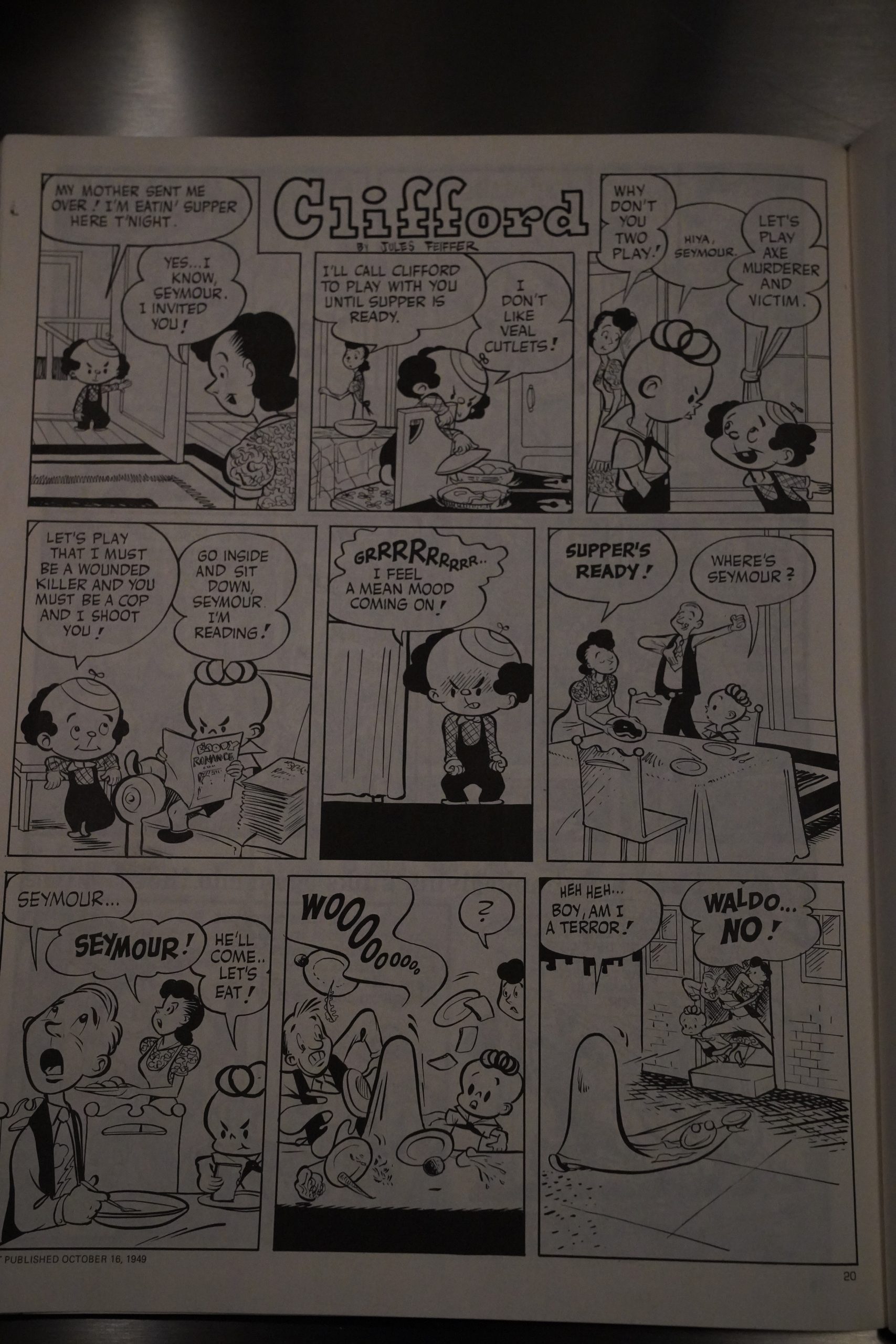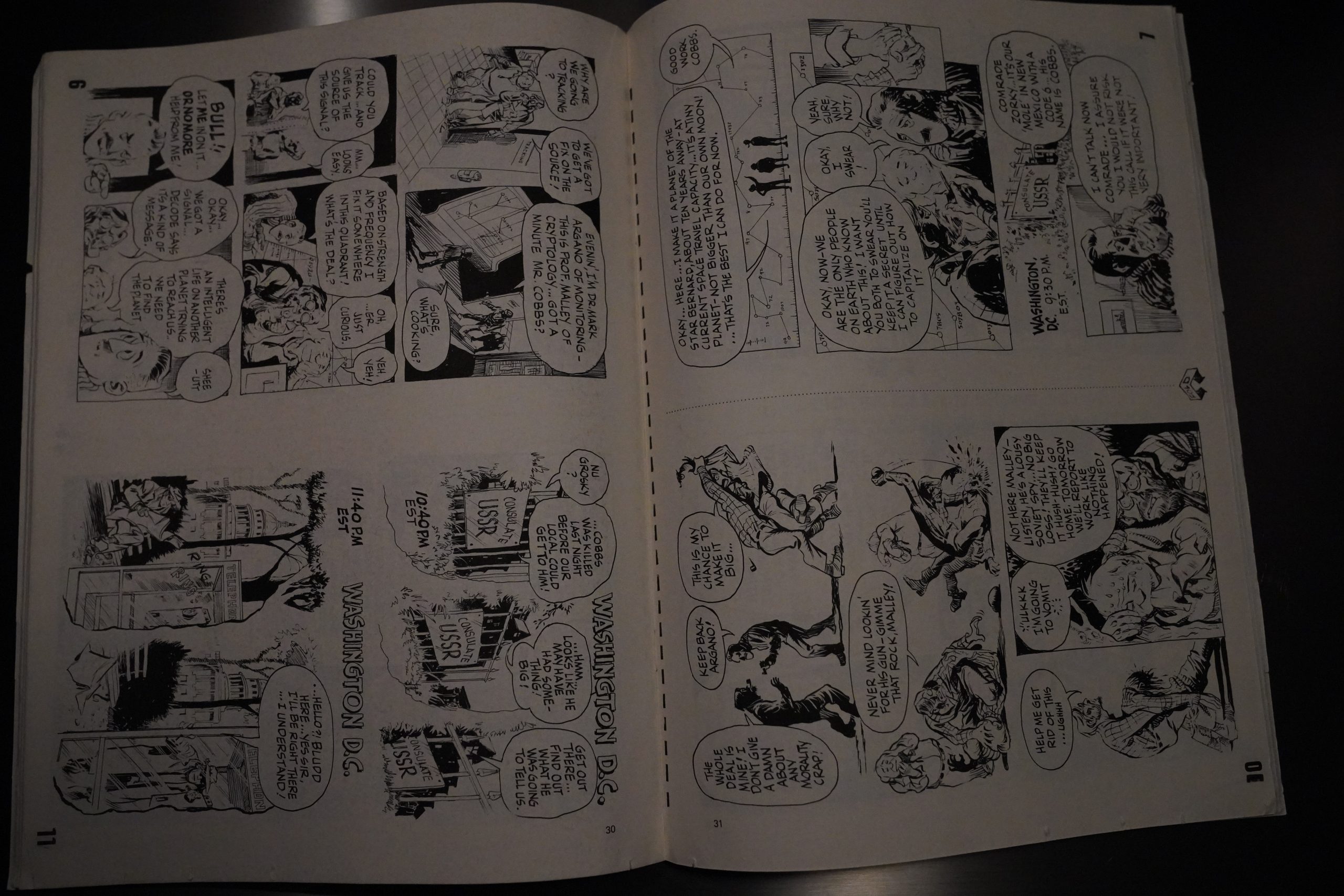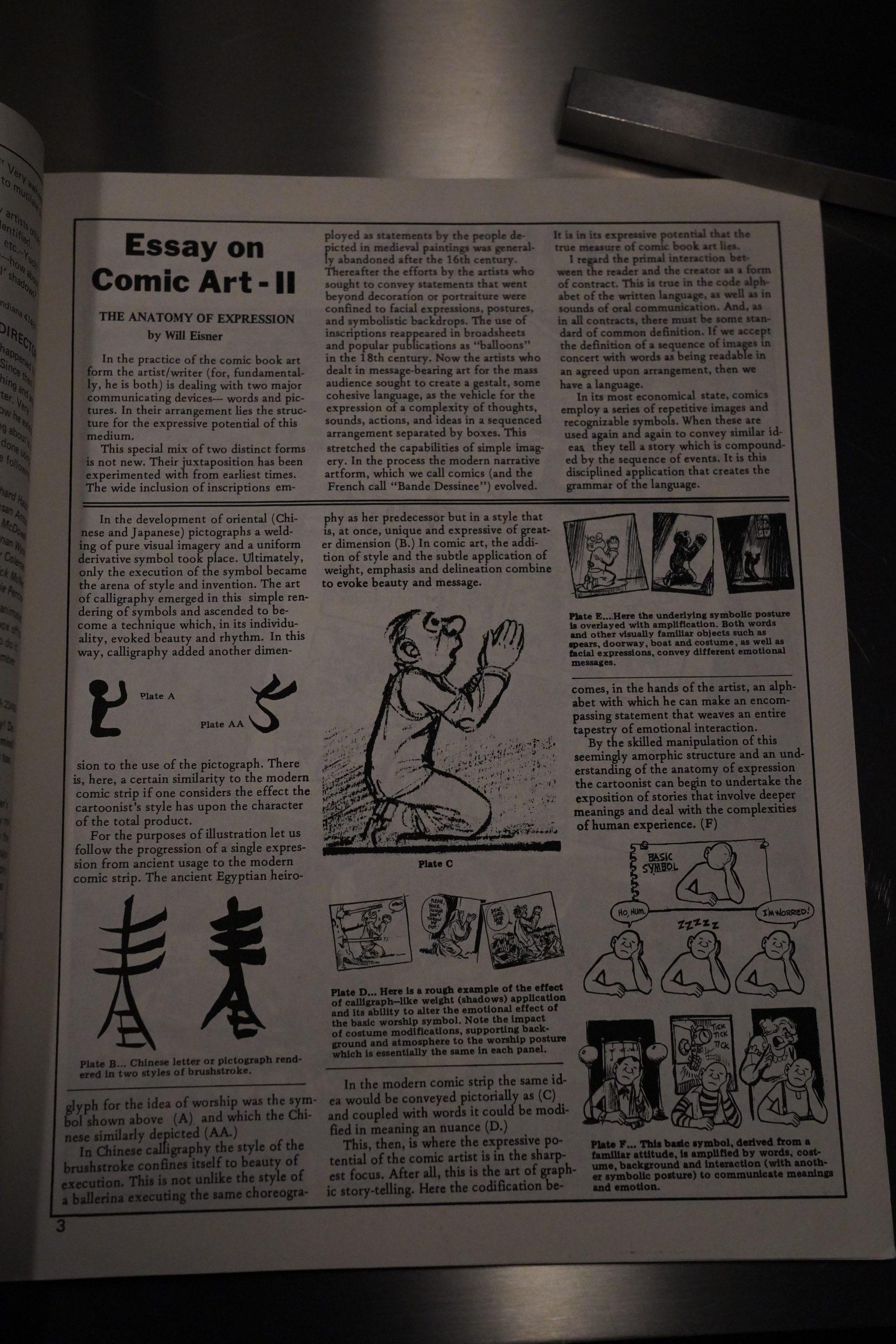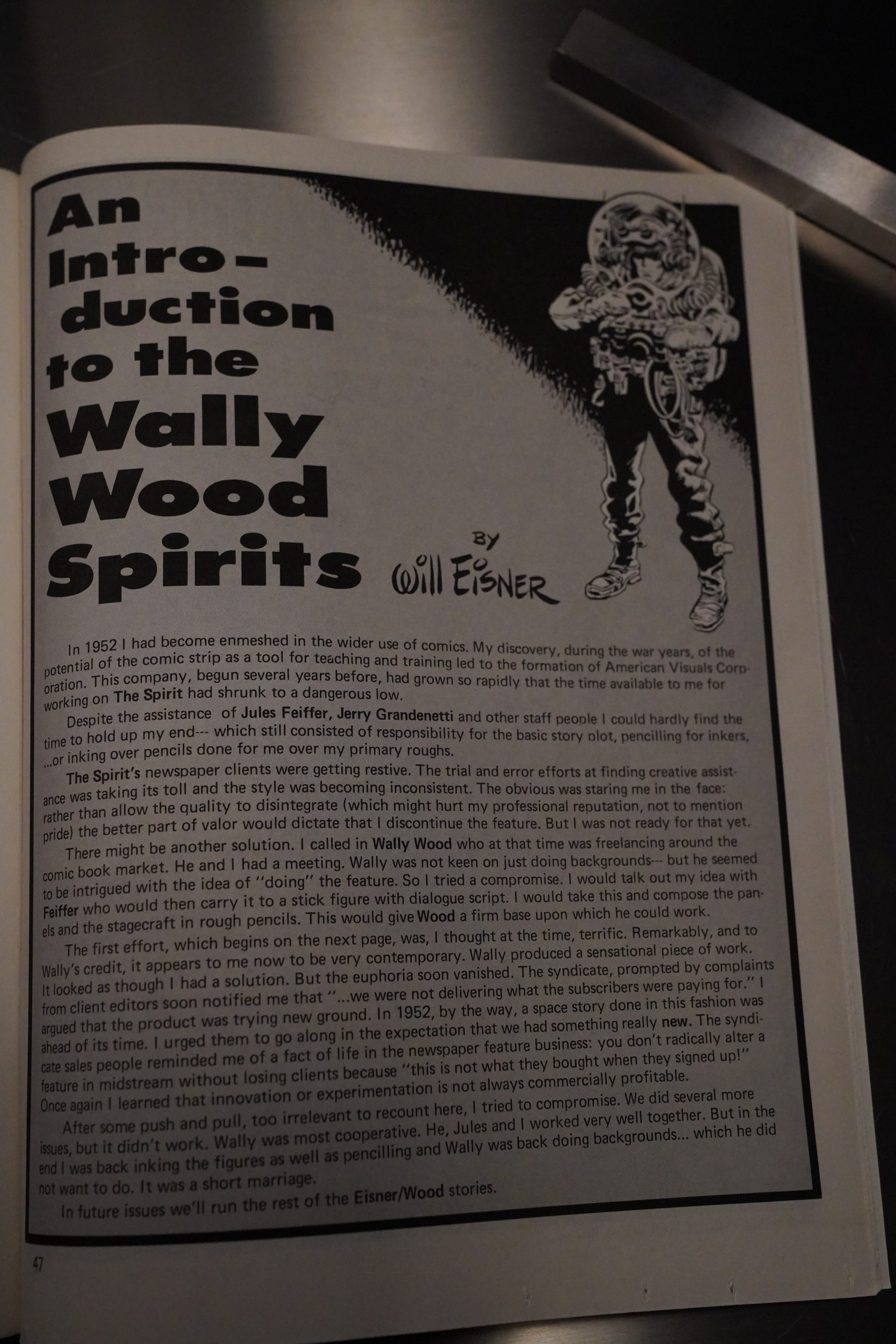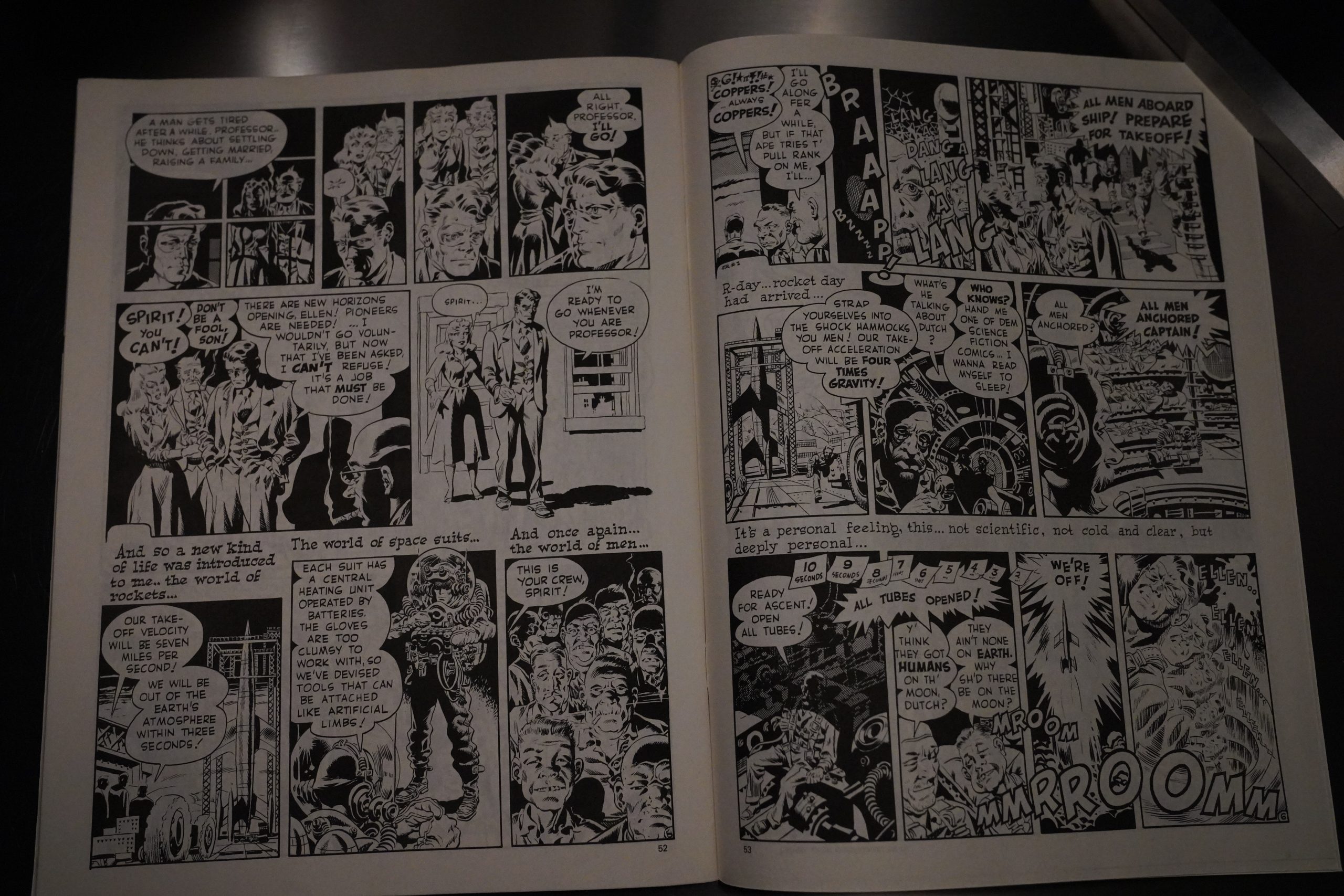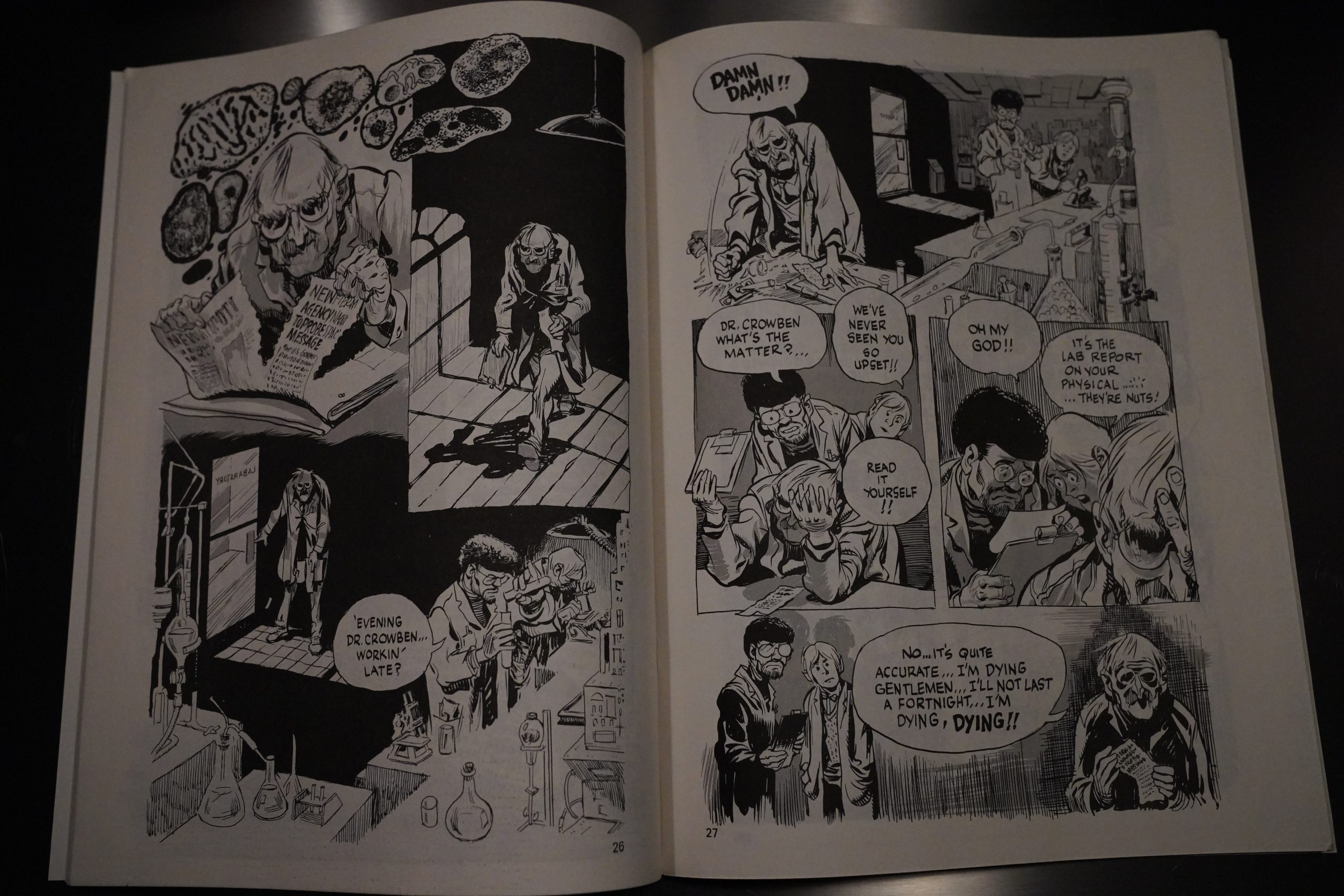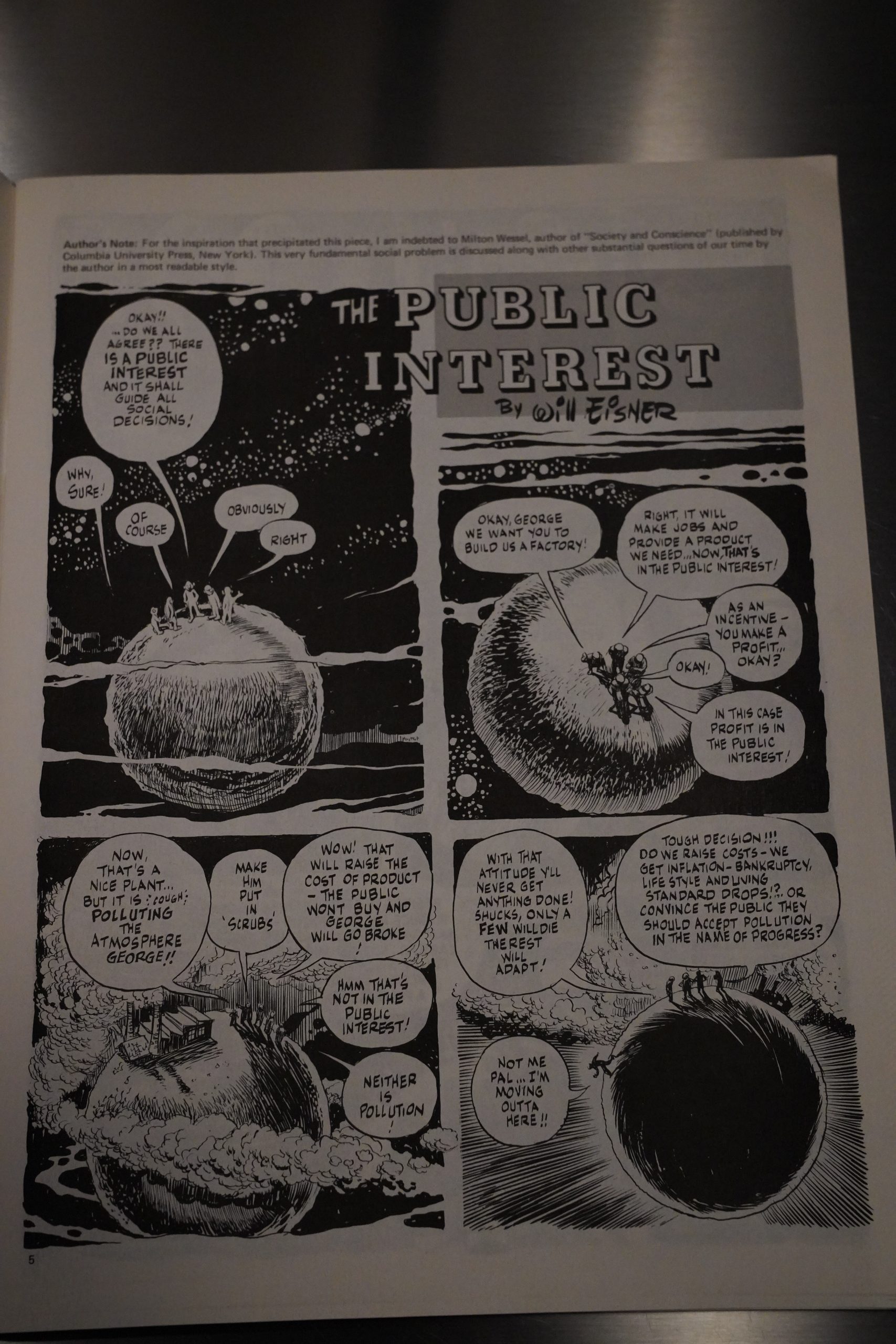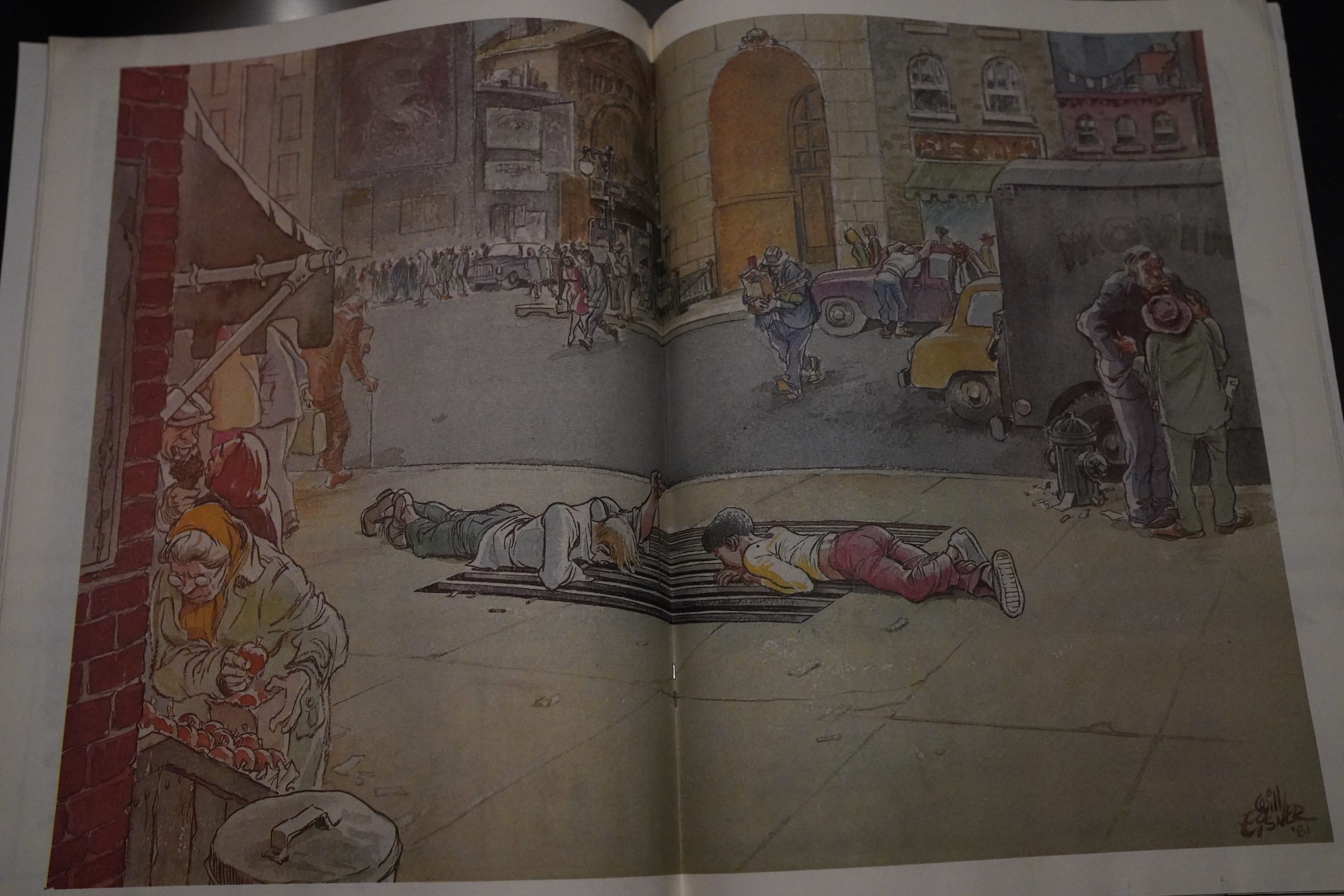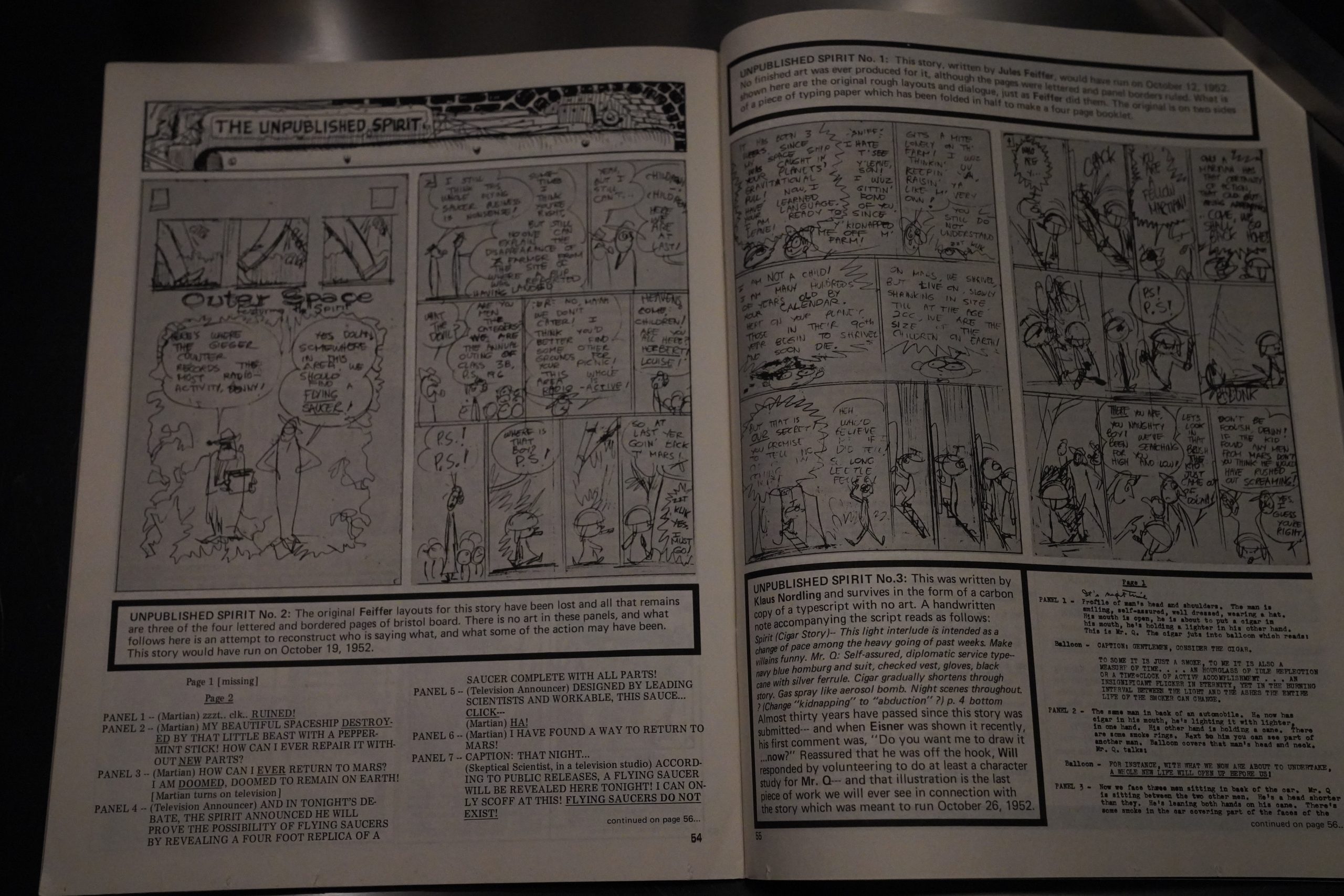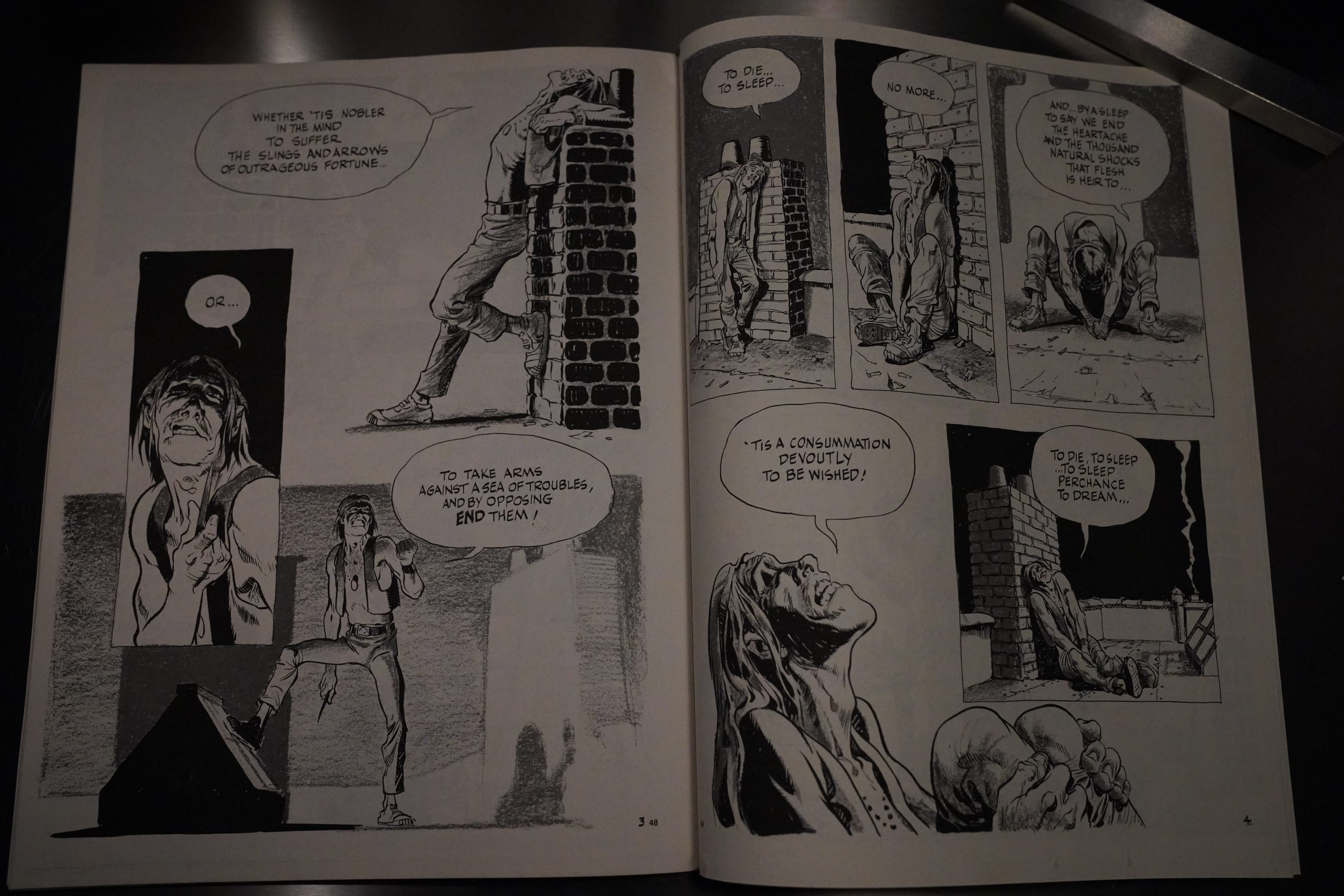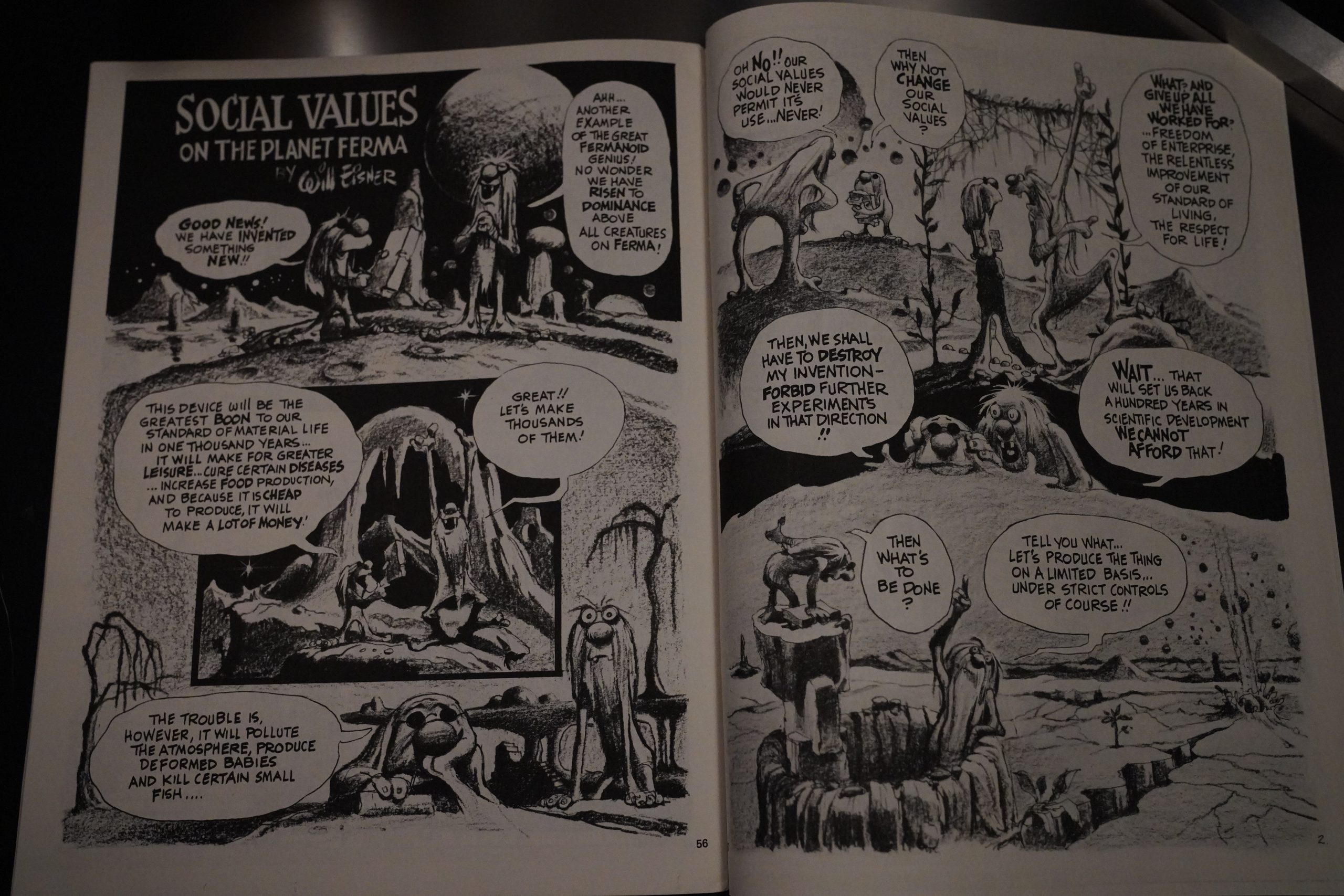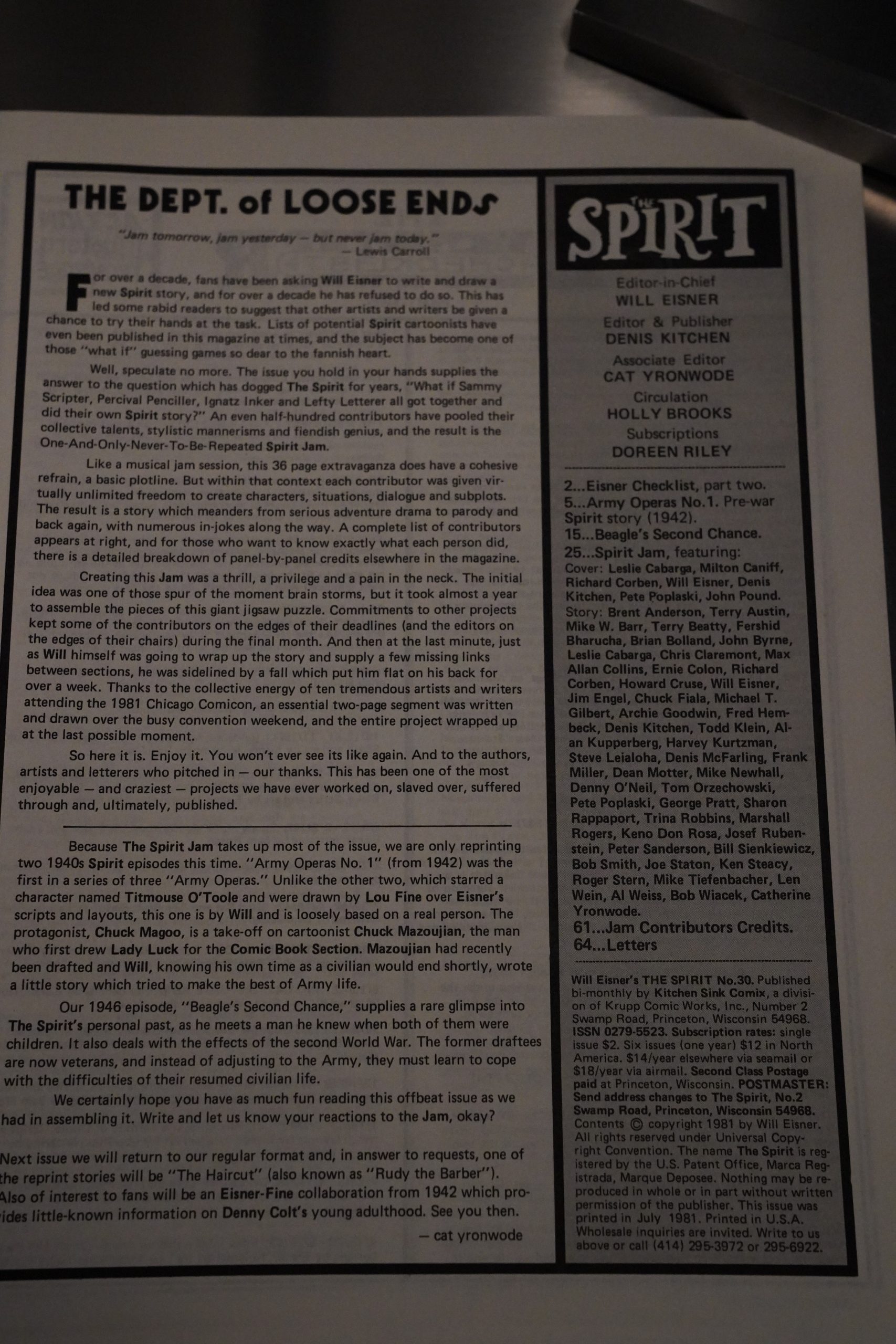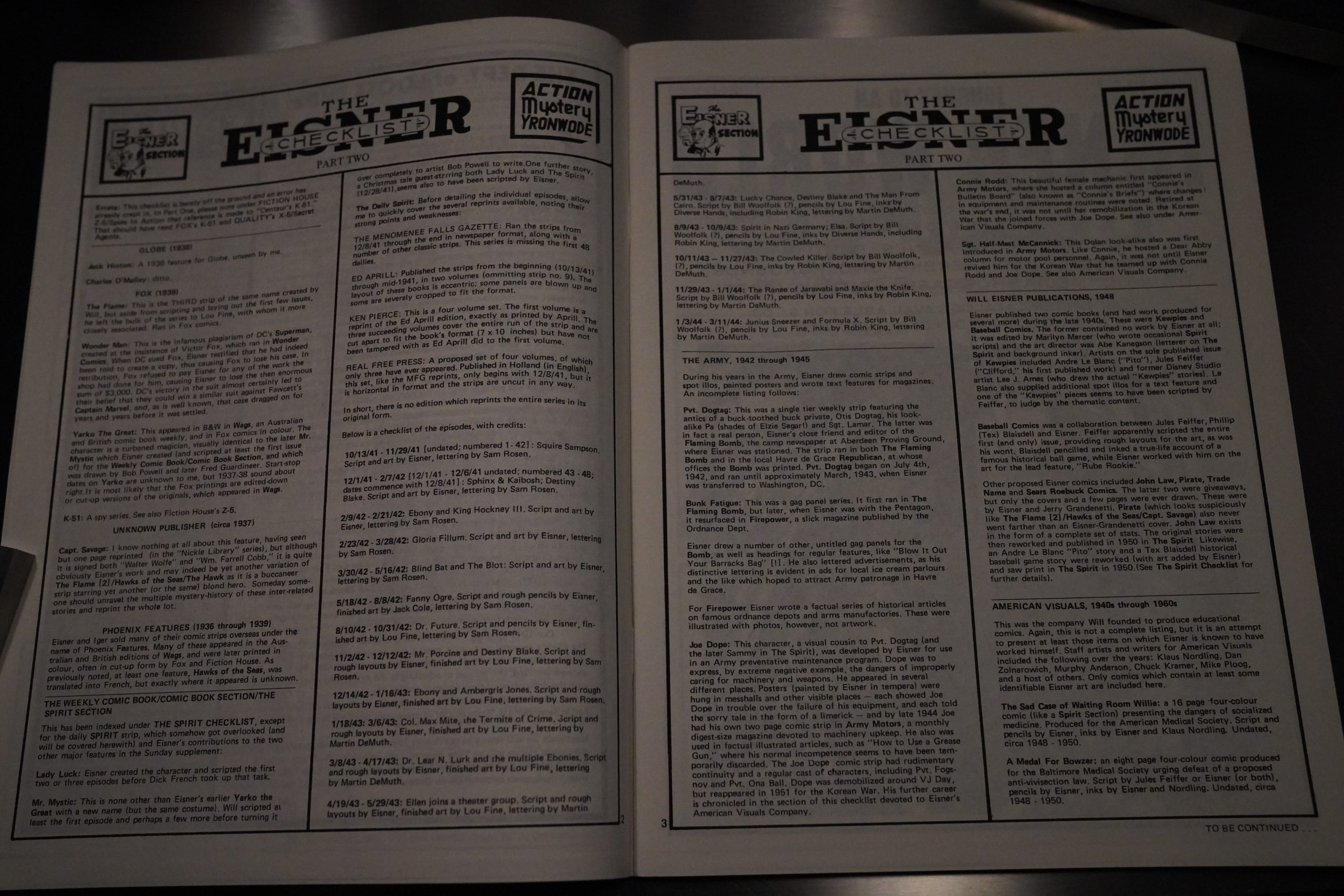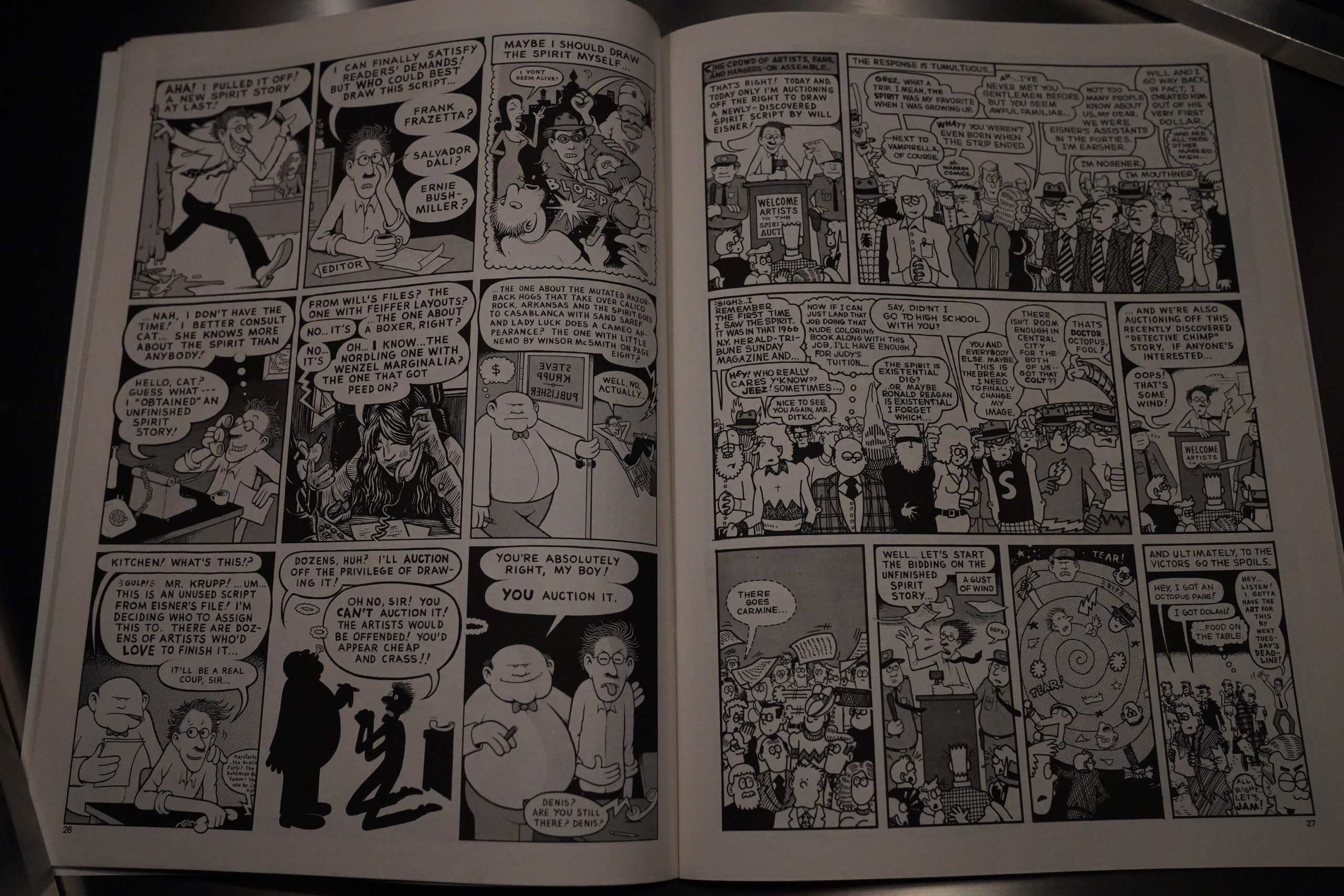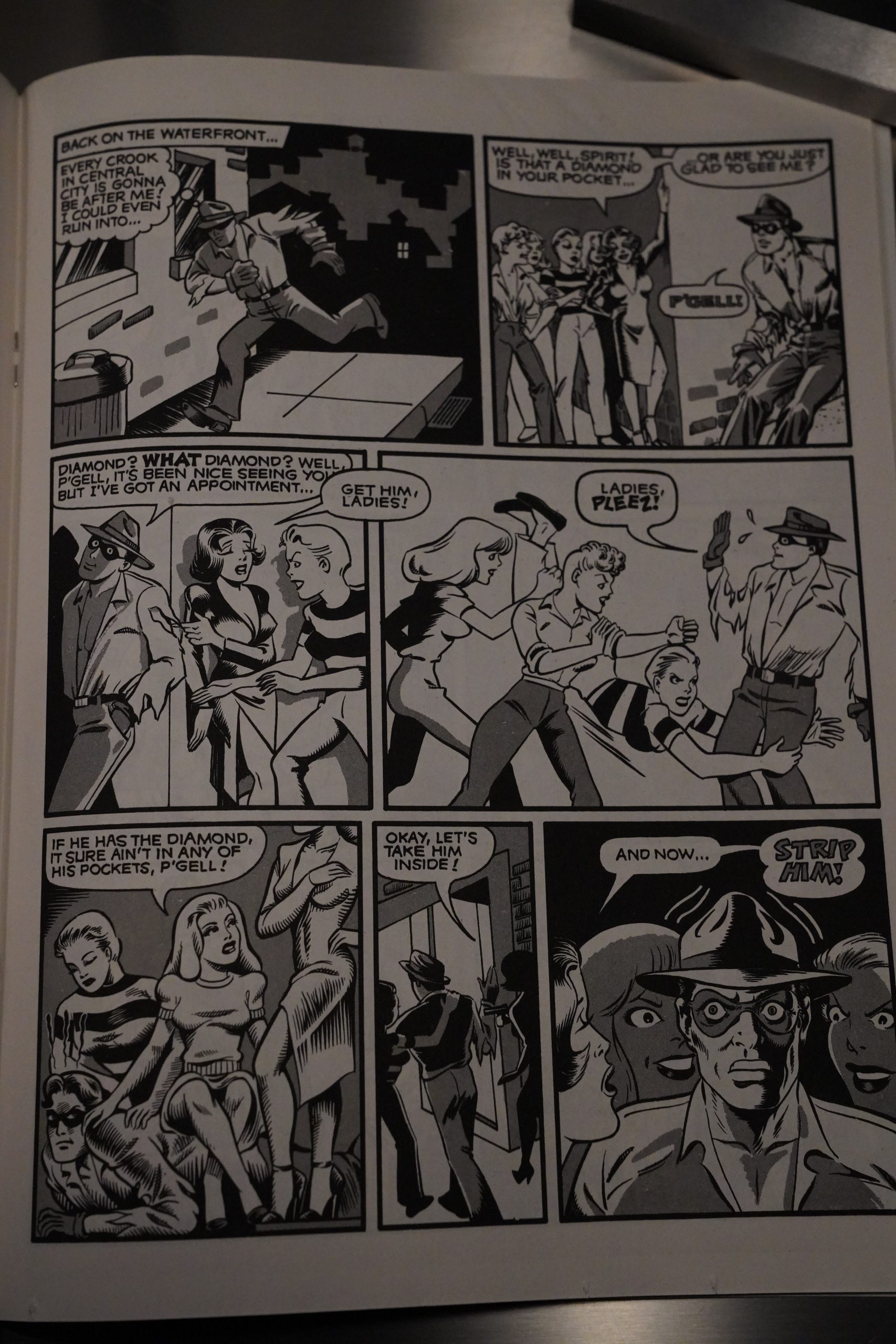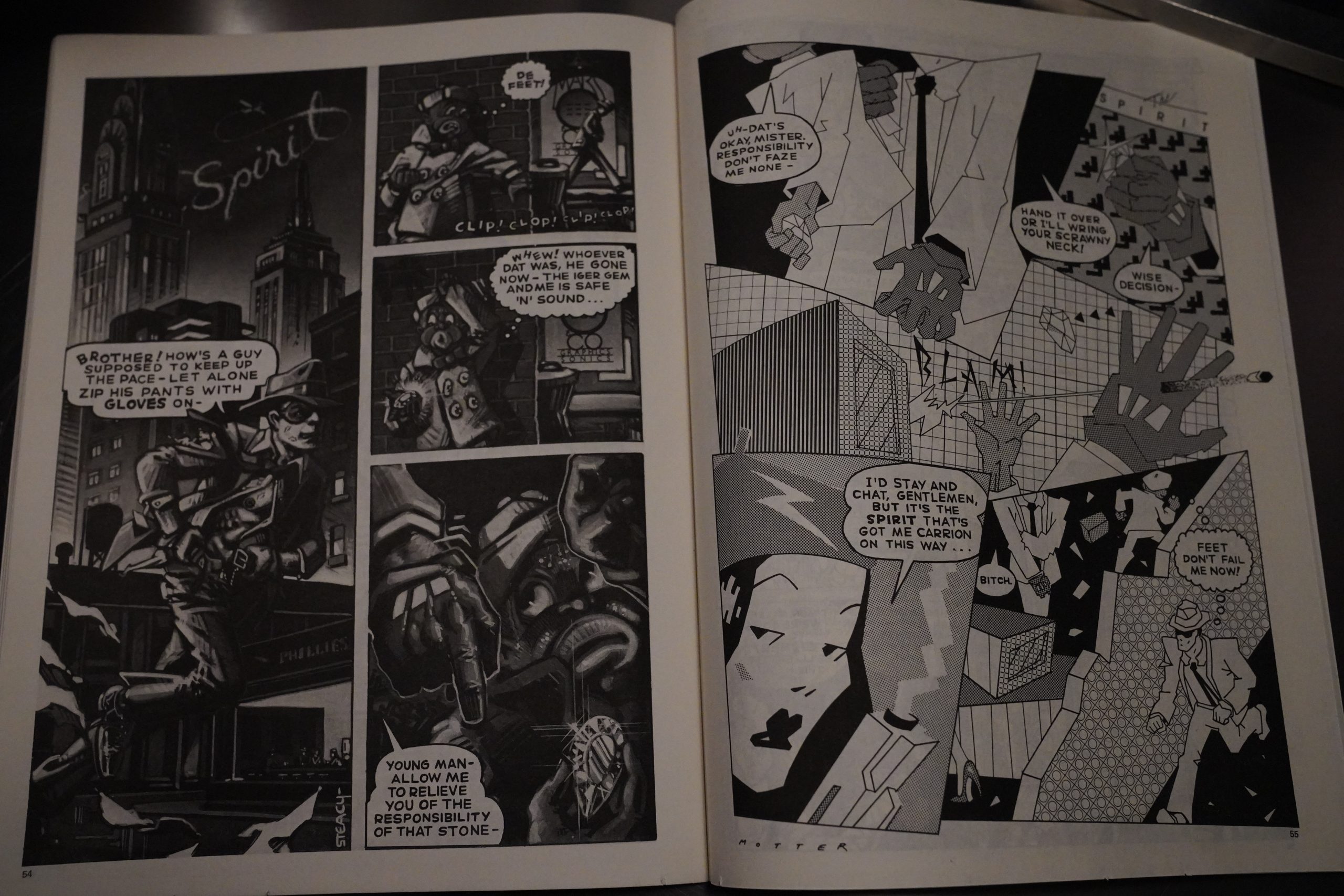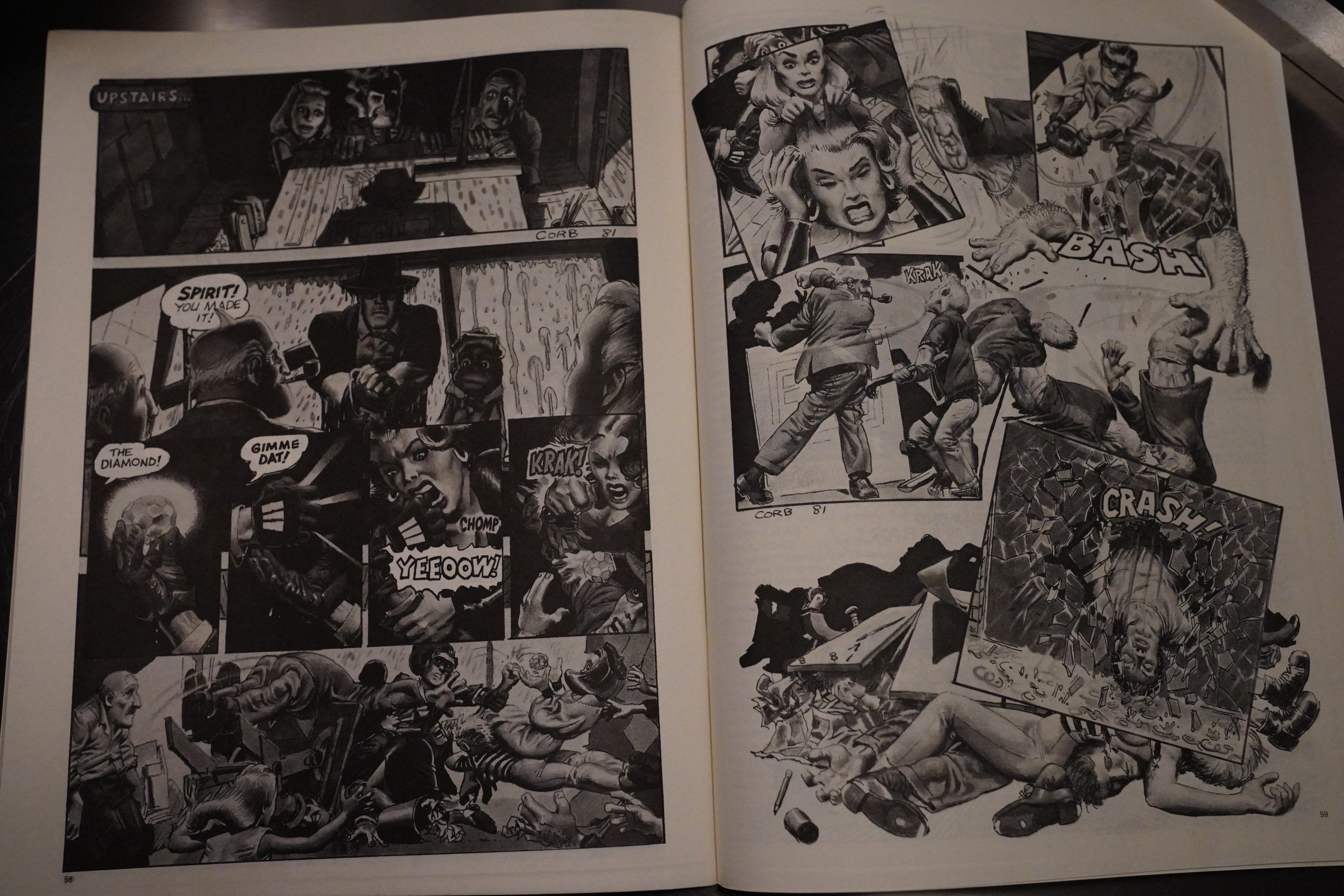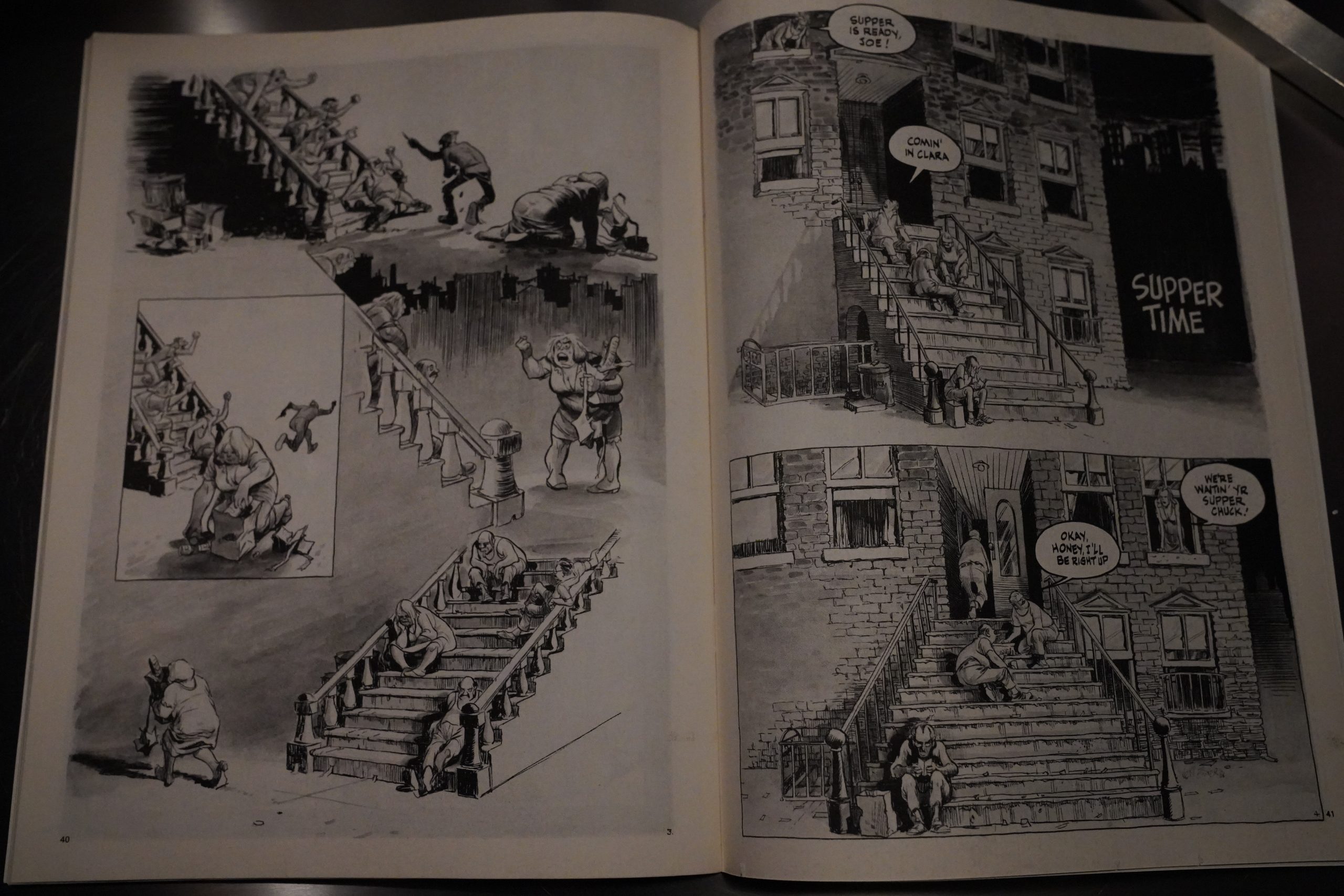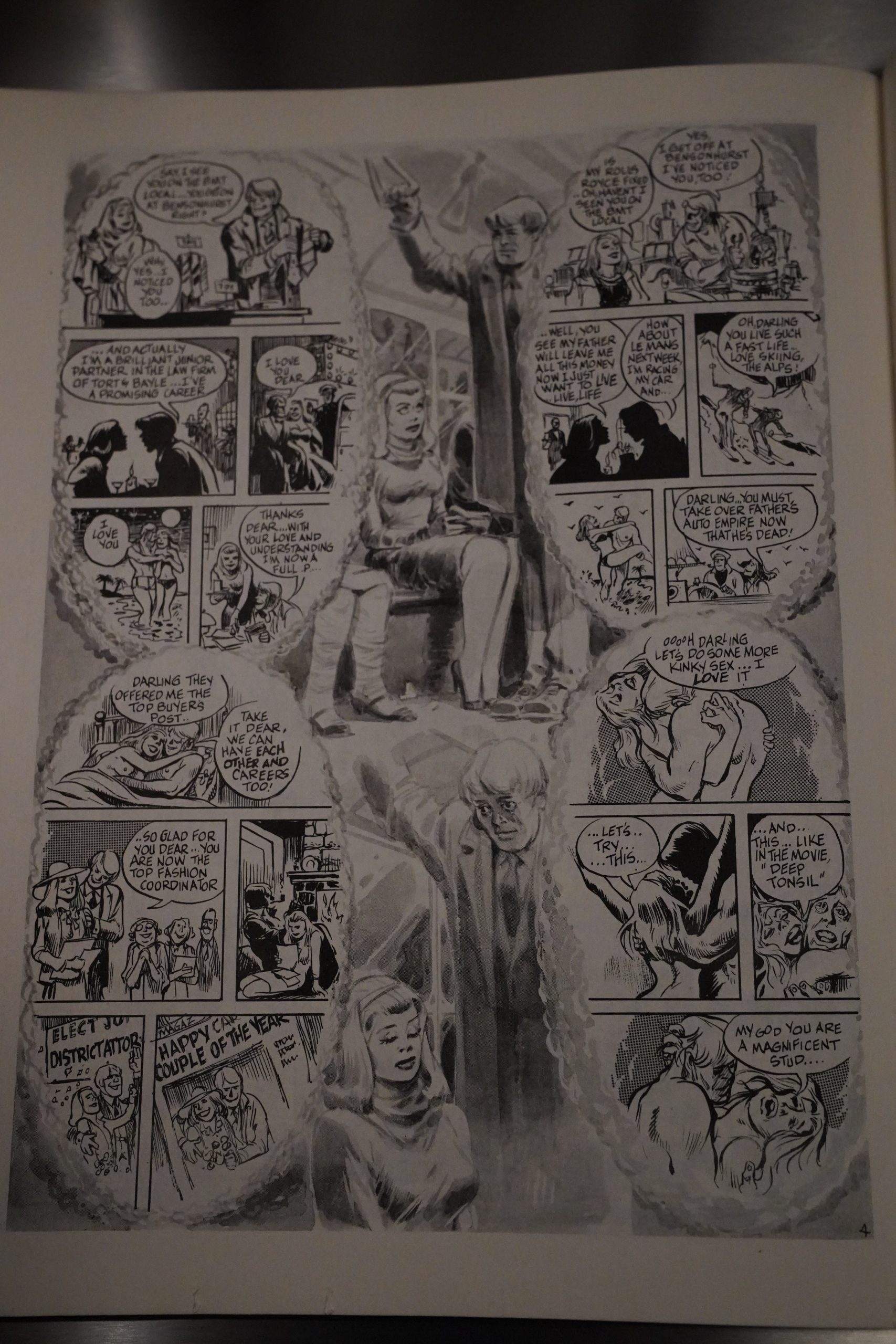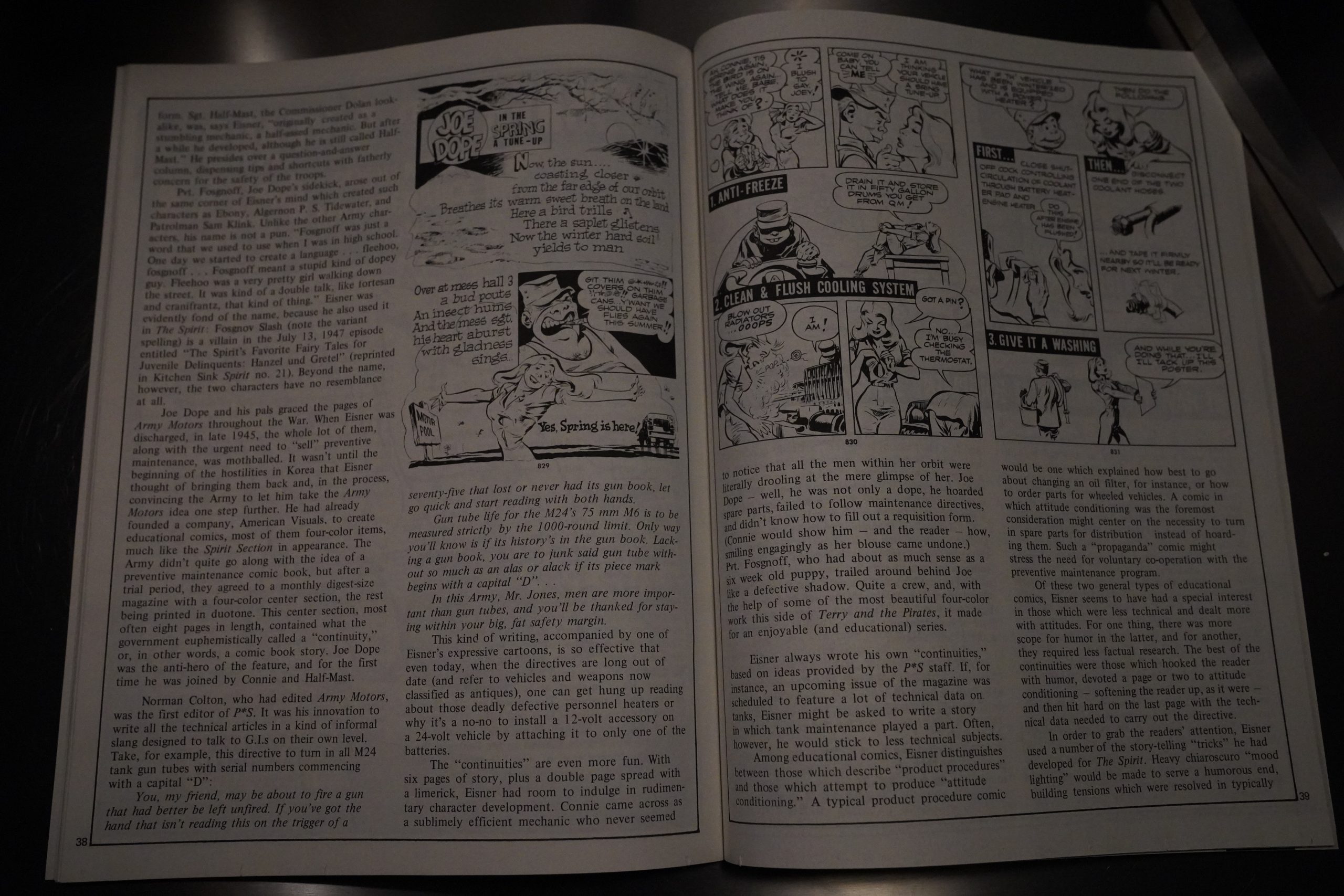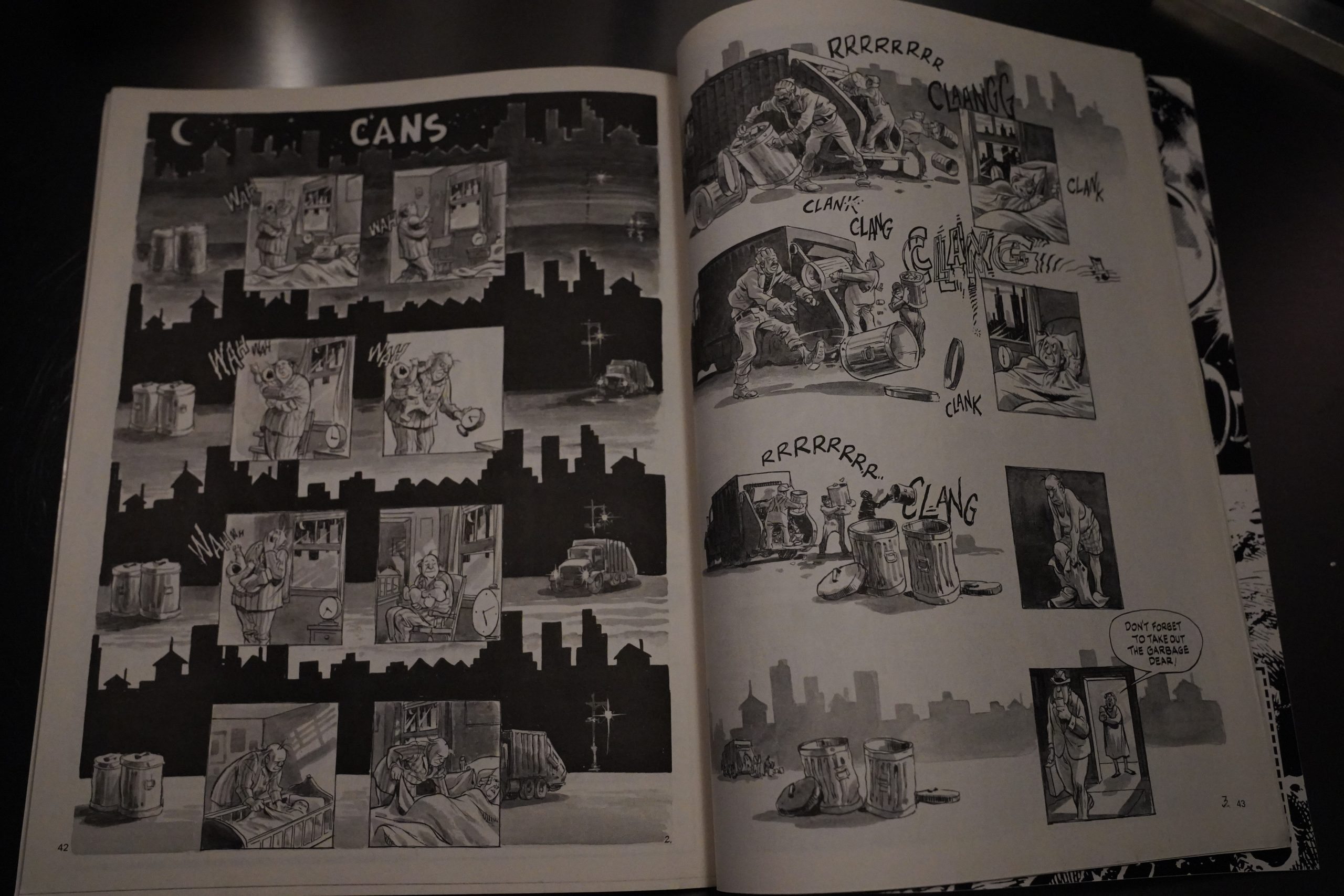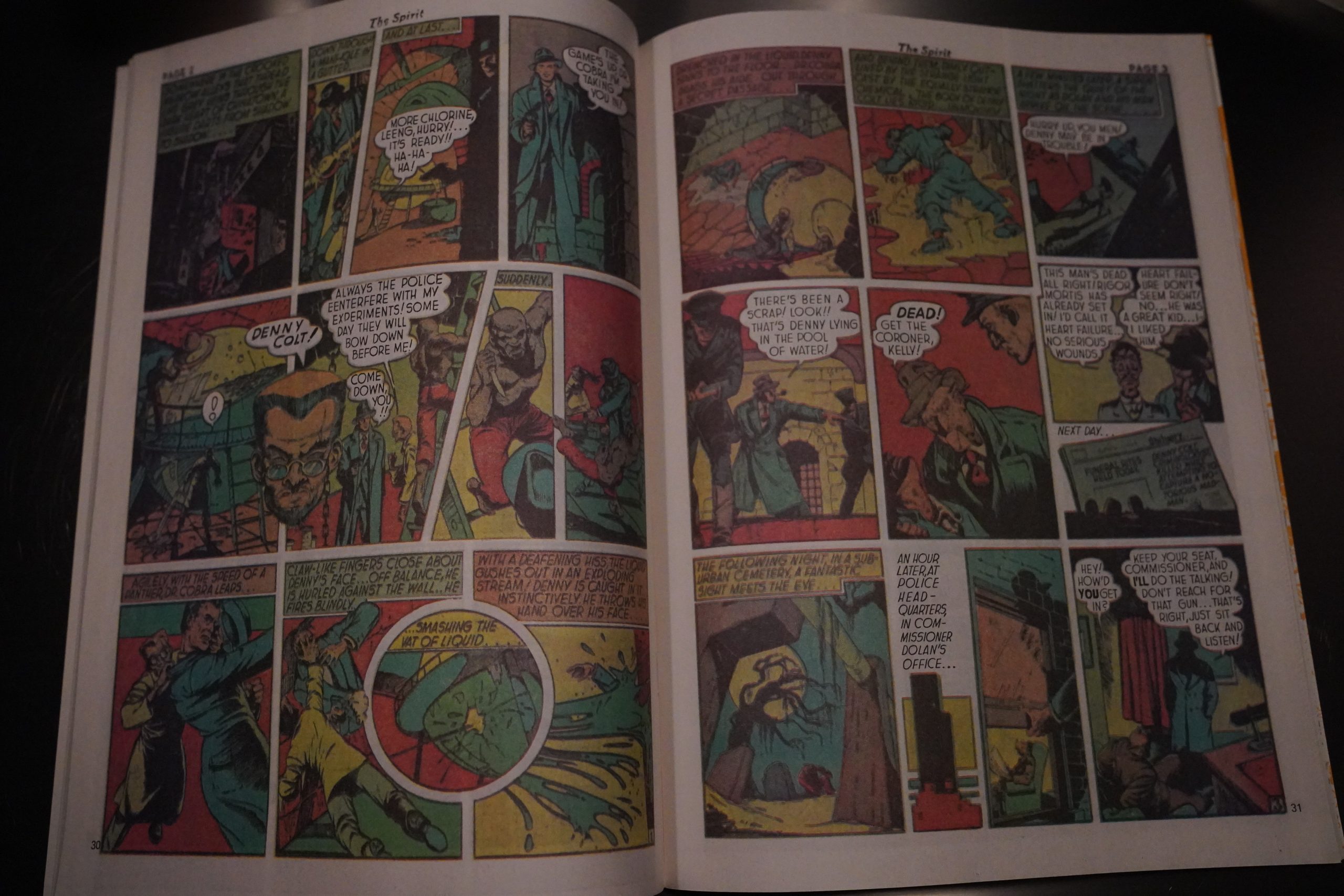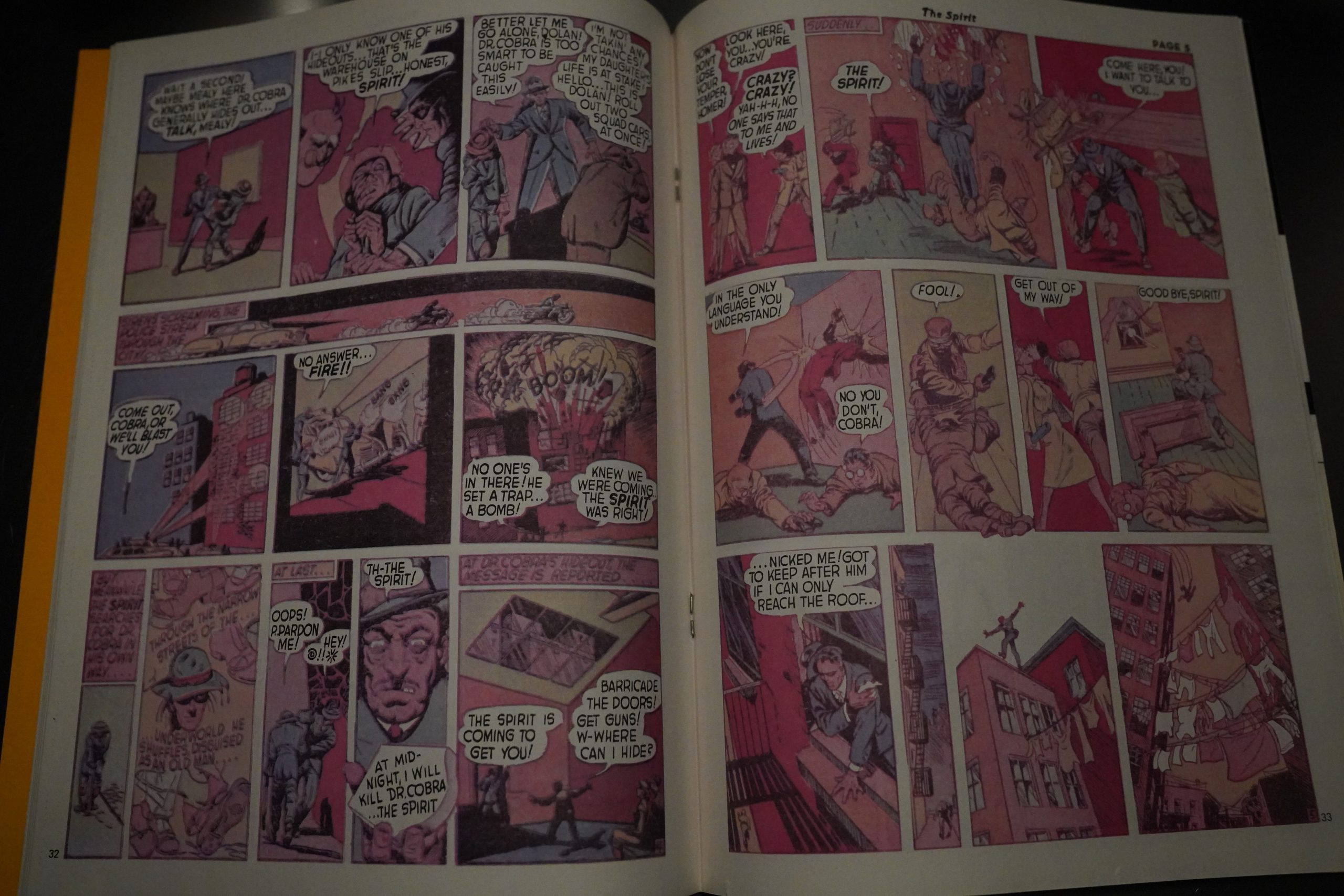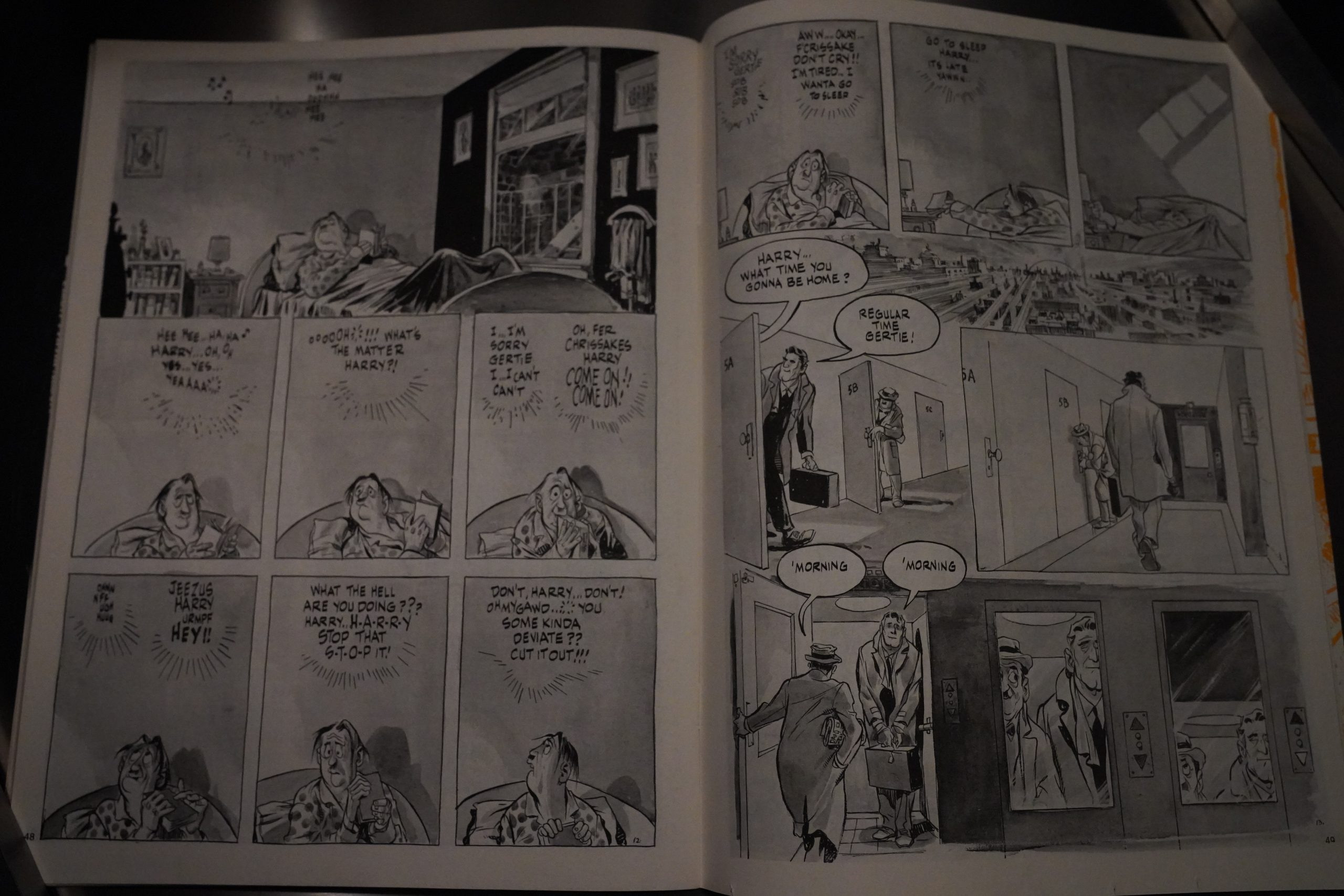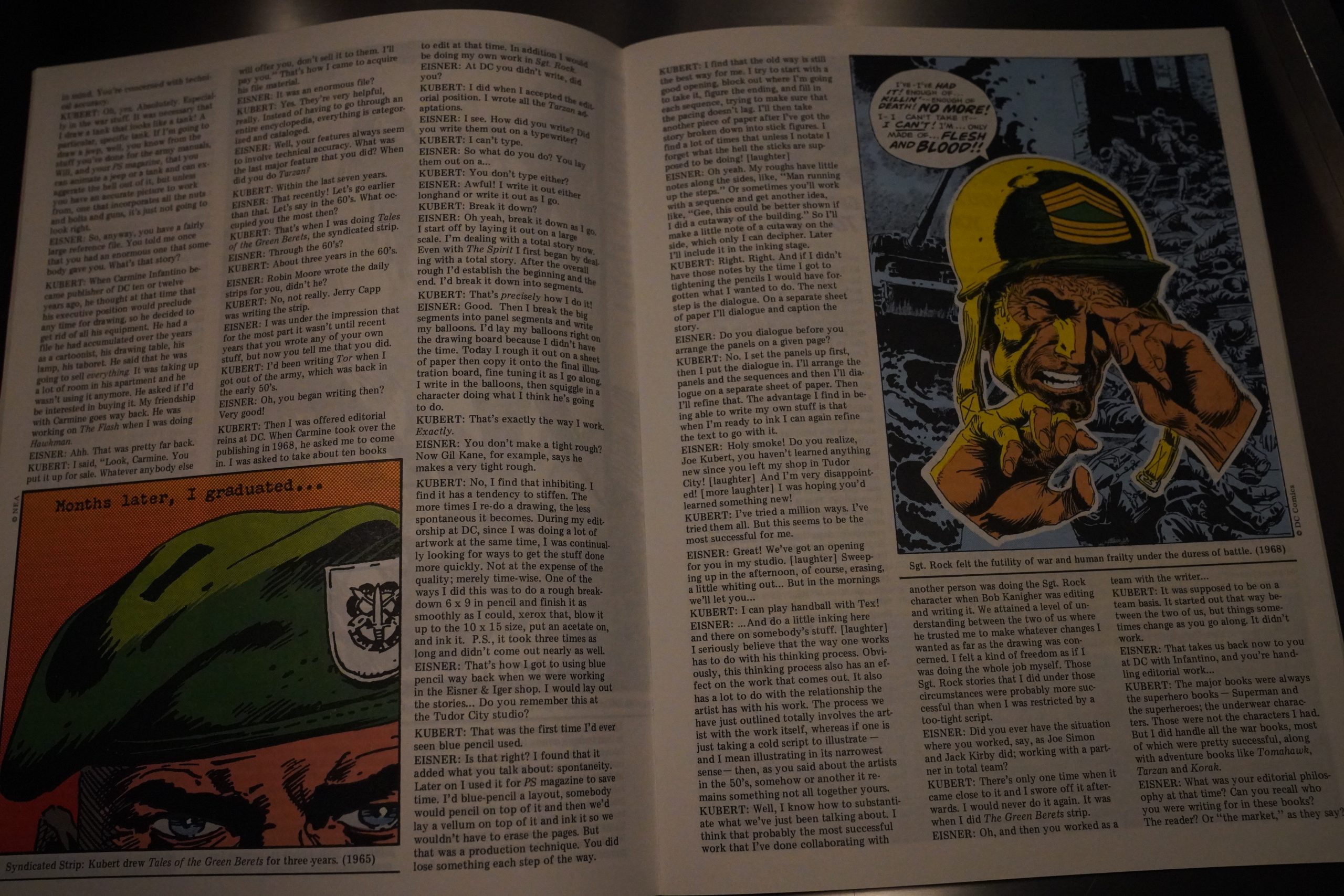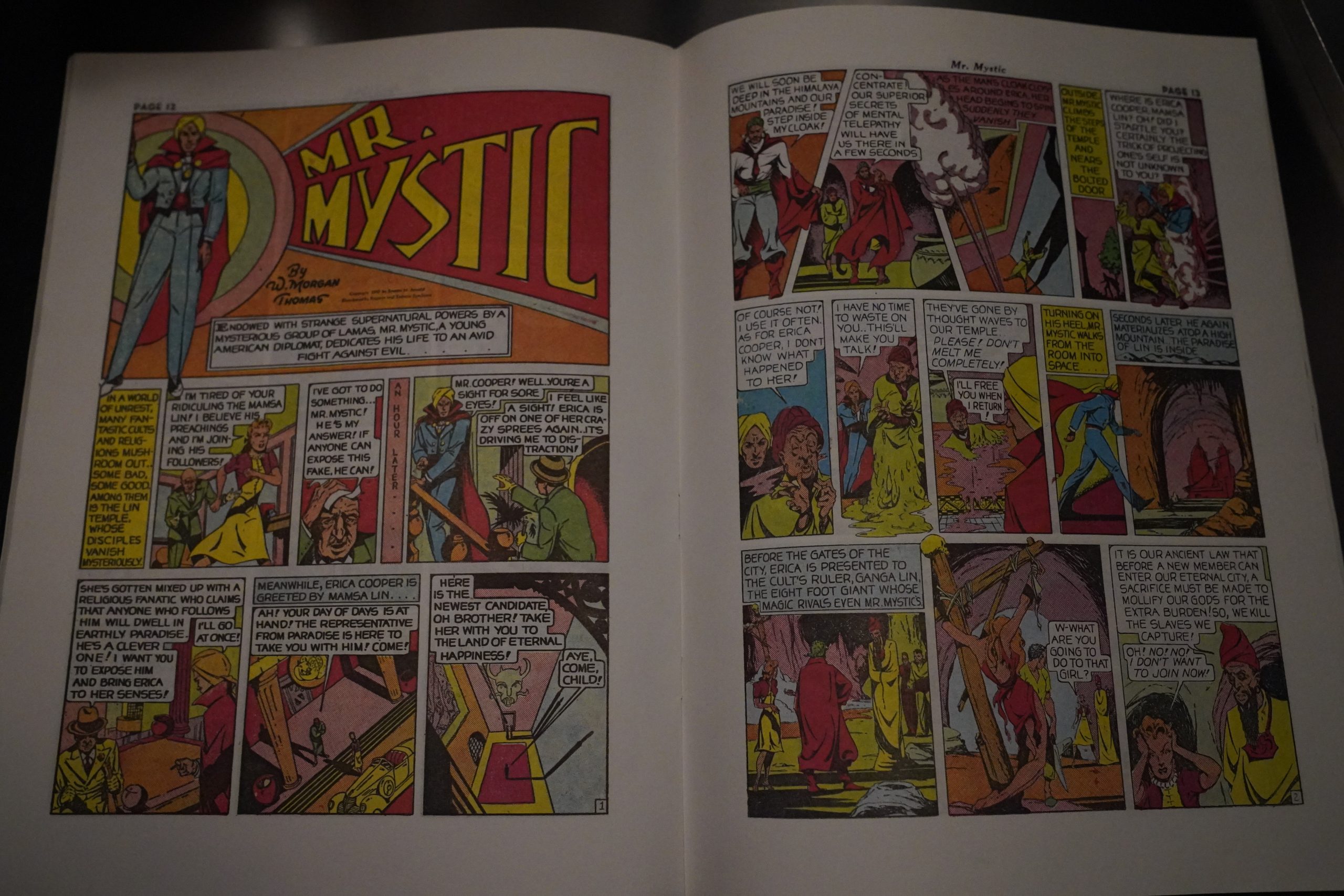The Spirit (1977) #17-41 by
I’m gonna cheat. This blog is about reading all the comics that Kitchen Sink published, but… I’m not going to do that with two major The Spirit series (and possibly some other of the reprint series).
It’s not that I loathe The Spirit or anything. I quite like it. But there’s over 1K pages in this series, and almost 3K pages in the subsequent Spirit series, and I just don’t have the stamina. Especially since these are seven page stories, and each story is usually pretty dense, and it’d just do my head in.
So for this series, I’m just gonna skim the Spirit stuff, and see if there’s anything interesting to say about the non-Spirit stuff? OK?
NO HATE MAIL
(I’ll probably end up reading all the Spirit stuff at some point anyway, if I know myself.)
But I’m reading the first issue in full.
Well, the 17th issue, because Warren had published the first sixteen.
As Kitchen explains in the tiny editorial in the 17th issue.
And they have a letters page with people congratulating them on picking up the series.
And a jam with Denis Kitchen. I wondered whether these were going to become staples in the series, but this is basically the only one.
The publishing strategy is somewhat puzzling. You’d think they’d open with an exemplary Spirit story to entice new readers, but they instead start with this from 1949.
And then we get a story of The Spirit going off abroad (with some iffy reproduction here and there)…
… and then an even later story? Apparently not drawn by Eisner at all? I mean, he had a sweatshop I mean work shop and many assistants, but I can barely see anything that resembles prime Eisner on this page. Just look at how stiff the Spirit looks in the next-to-last panel?
I was also wondering whether they’d put other stuff from the Spirit newspaper supplement (it was 16 pages, I think, with one Spirit story and two backup stories?), but this is the only one we get. Probably not a popular favourite.
So I was wondering whether they’d picked the stories for thematic unity, since they’re not doing chronological… but nope. There were a couple stories where the Spirit was abroad, but then they shift back to domestic comedy.
And then back to the more usual urban milieu.
Kitchen explains in a later editorial that the choice to go random instead of chronological was mostly logistical: Eisner had lousy filing, and just finding any story was next to impossible. And many had been lost, so… random it is.
(I don’t know whether that’s true, though, or whether the Warren people just didn’t care, and after publishing a hundred random stories, it was just too late for Kitchen to start doing something more sensible. When Kitchen restarted the series at #1 as a smaller, colour comic book, they went sequential, so either somebody had tidied up the archives (cat yronwode worked for Eisner for years as an assistant), or Kitchen kinda embellished a bit.)
Oh, and virtually all of these issues have new wrap-around covers by Eisner.)
Ah, right — Eisner wouldn’t let Kitchen publish A Contract With God, but Kitchen pushes it anyway.
Jules Feiffer worked for Eisner for years, and took over the writing in the declining Spirit years, I think? Kitchen reprints a handful of his Clifford strips in the first issues here, but then nothing more.
Kitchen does start serialising new Eisner work, though. The first chapters of Life on Another Planet are run as eight page “inserts” that you’re supposed ot rip out of the magazine and assemble into booklets. (We’ll return to this book (and many of the other things serialised in this magazine) later in this blog series.)
Eisner was writing a book on creating comics, and that’s serialised here, too.
There isn’t all that much stuff by Eisner here on The Spirit, really — besides drawing new covers, he seems to focus on other stuff for the most part. But here he tells about when he hired Wally Wood to draw The Spirit.
Looks great, but the newspaper editors hated it. (And, yes, we’ll cover this, too, later in the blog series.)
This magazine starts off very Spirit heavy, with as many as seven Spirit episodes reprinted. But it gradually becomes something slightly different, and Eisner does a bunch of random new things.
Not everything is successful.
But flipping through these magazines now, I think I would have loved to have read them in my early teens — the Spirit stories are fun, and I really liked Eisner’s sentimental storytelling when I was that age — but there’s also a sense of a cornucopia going on, with an artist and editors having fun and a free-wheeling sense of “let’s just put it all in here”.
So Eisner starts a series of interviews with other comics artists, like Gil Kane (above), and everybody else you’d think of, like Caniff, King, etc.
We also get a reprint of an unfinished story, but not a lot of this sort of archival stuff.
Instead it’s mostly new Eisner randomness, like this Shakespeare on a rooftop thing. Yes, I can hear you all cringing out there in front of your phones, but it kinda works? I mean, I was shocked — the ending made me go “well, that didn’t suck”.
His moral little parables, on the other hand…
The editors explain about the lack of continuity, and start doing a page in every issue where they explain where in the storyline the Spirit strips are from.
And there’s a checklist (written by cat yronwode).
The 30th issue has a long jam story, written and drawn by a number of people. Kitchen and Hembeck above…
Michael T. Gilbert seems like a natural to kick off the “story” proper…
And… Trina Robbins!? Anyway, it’s not much of a story: It’s mostly just one long chase scene, but that’s fine.
It seems unclear how they divided up the thing. Here’s Howard Cruse, then Kurtzman, and then Cruse again.
Most of them try to emulate Eisner a bit, but Ken Steacy and Dean Motter don’t really try at all.
Wow. Corben? I think it must be.
Anyway, it’s pretty fun? As these things go?
Eisner starts doing his urban vignettes which would become his main thing…
Many of them are wordless, but some … aren’t.
yronwode writes an interesting article about Eisner’s 20 year stint in the military PS Magazine.
Vignettes and vignettes… by this time, less than half the pages in each issue are Spirit reprints.
They start doing chronological reprinting, in colour, of the first Spirit stories.
They don’t quite have the reproduction technique down?
Eisner gets sexy.
And then they shift to nicer paper, and more colour…
… and in the final issue, they reprint an entire 16 page Spirit colour supplement.
The Comics Journal #63, page 29:
NEWSWATCH
Will Eisner Plans Mote New MoteriolWill Eisner, the author o
The Spirit and, more re-
cently , the graphic novel
A Contmct With God,
announced to the Journal
his plans to continue pro-
ducing new comics material
for years to come.A substantial part Of this
projected new material will
see print in Kitchen Sink’s
The Spirit Magazine , which
will, according to Publisher
Denis Kitchen, feature at
least 16 pages of new Eisner
work every issue, in addi-
tion to the reprints of ’40s
and ’50s Spirit stories that
have been the magazine’s
main staple since it was
be gun.
Eisner, who refers to his
new work in the magazine
under the blanket title “The
Comics Laboratory , l’ outlined
his intentions: “I’m planning
to use those 16 pages as a
place to put more ideas which
I don’t often get published—
experimental stuff.
Eisner cited as examples
of the type of material he
wanted to do two stories that
have already seen print:
“The public Interest” (#26)
and “The Treasure of Avenue
(#27); in fact, one of his
upcoming “Laboratories” will
include a second story in the
style of “Interest,” again
dramatizing a social problem
in highly stylized manner.
Another idea Eisner is
preparing is R reworking of
Hamlet’s famous soliloquy
from William Shakespeare’s
play (“To be or not to be
in a modern urban
setting. Eisner plans to
“dramatize speech in a
more modern setting” by
placing the words in the
mouth of a street kid on a
city rooftop.
As for the story in #27,
Eisner described it as a “test
segment” for a projected 18-
part series to be collected in
book form. Arrangements
have already been made
with a consortium of Euro-
pean publishers—four , so
far—to have it published in
Europe; no contracts have
been signed yet, however.Eisner also announced
plans for his second
graphic novel, Life on
Another Planet, to be syn-
dicated throughout Europe.
After this, Eisner plans to
“bring it back” to America
for book publication —”hope-
fully, in full color.” he
added.
Life on Another Planet
originally appeared in 16-
page segments in Kitchen
Sink’s The Spirit to #26.
The first two segments Were
printed two story pages to
a magazine page, in a “mini-
book” format designed to
be pulled out by the reader’
and folded into a half-
size signature. The format
was not popular , however
—Denis Kitchen later
termed it an “unfortunate
decision” —and Eisner is
retouching and redrawing
the first 32 pages for
larger , book publication.
This is the thirty-eighth post in the Entire Kitchen Sink blog series.
